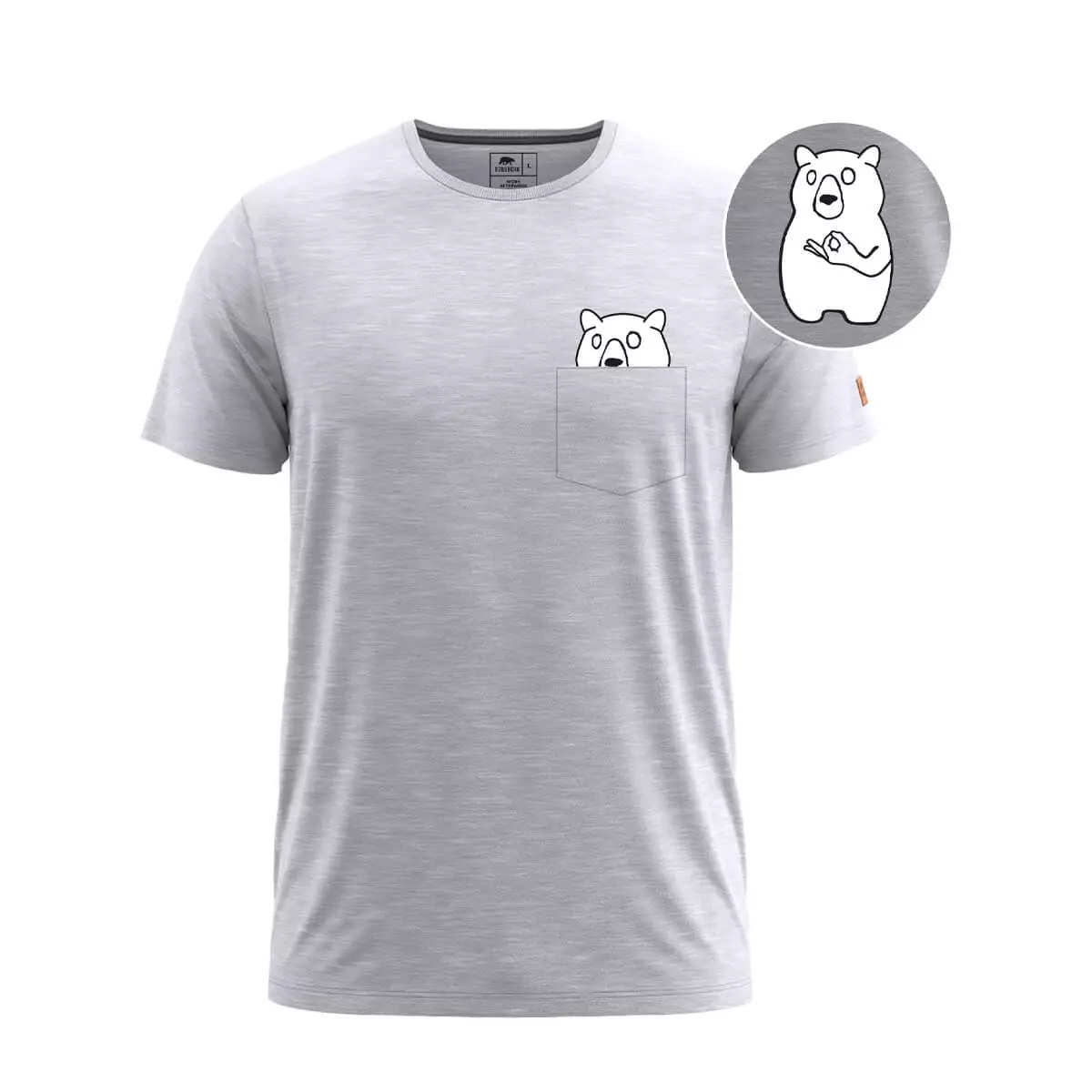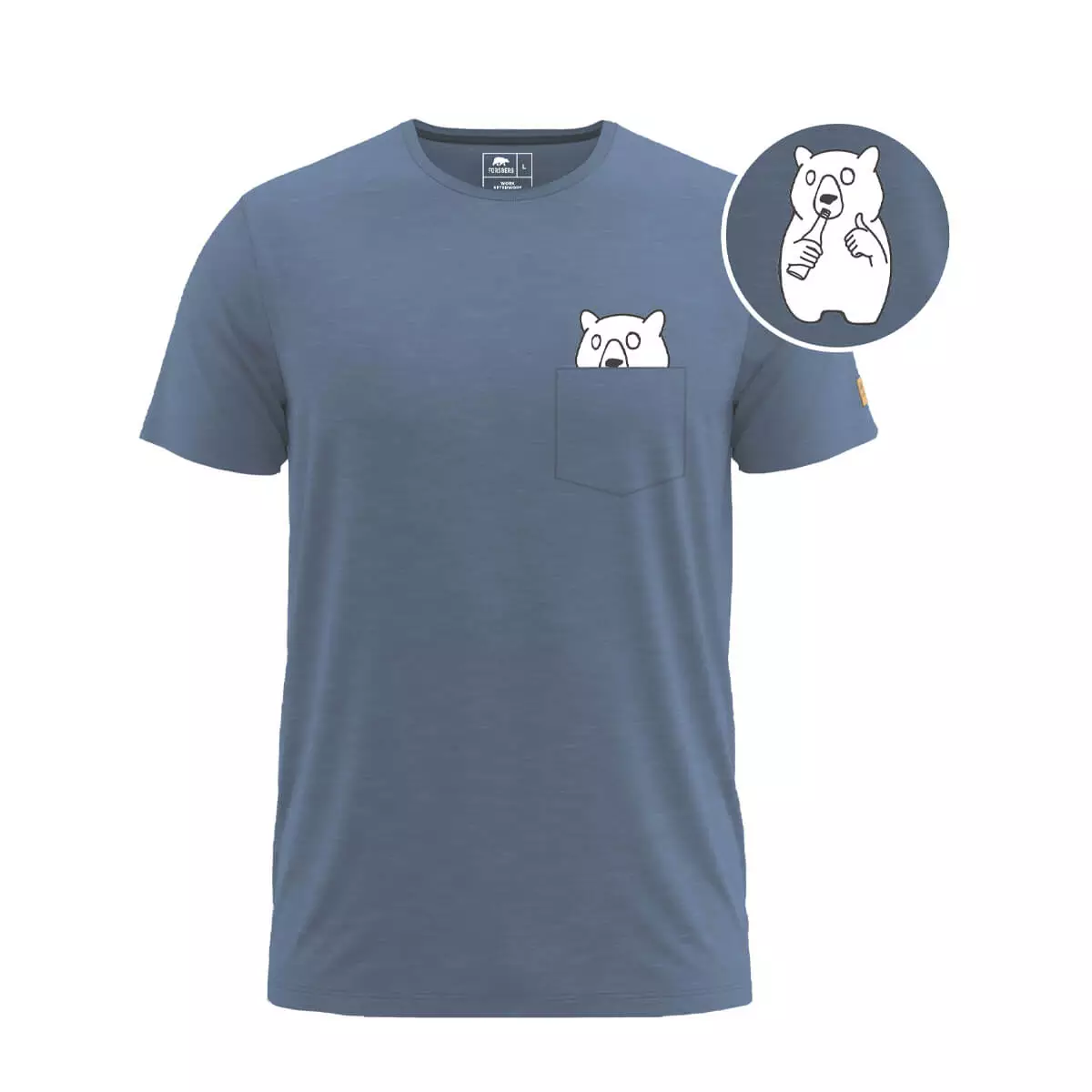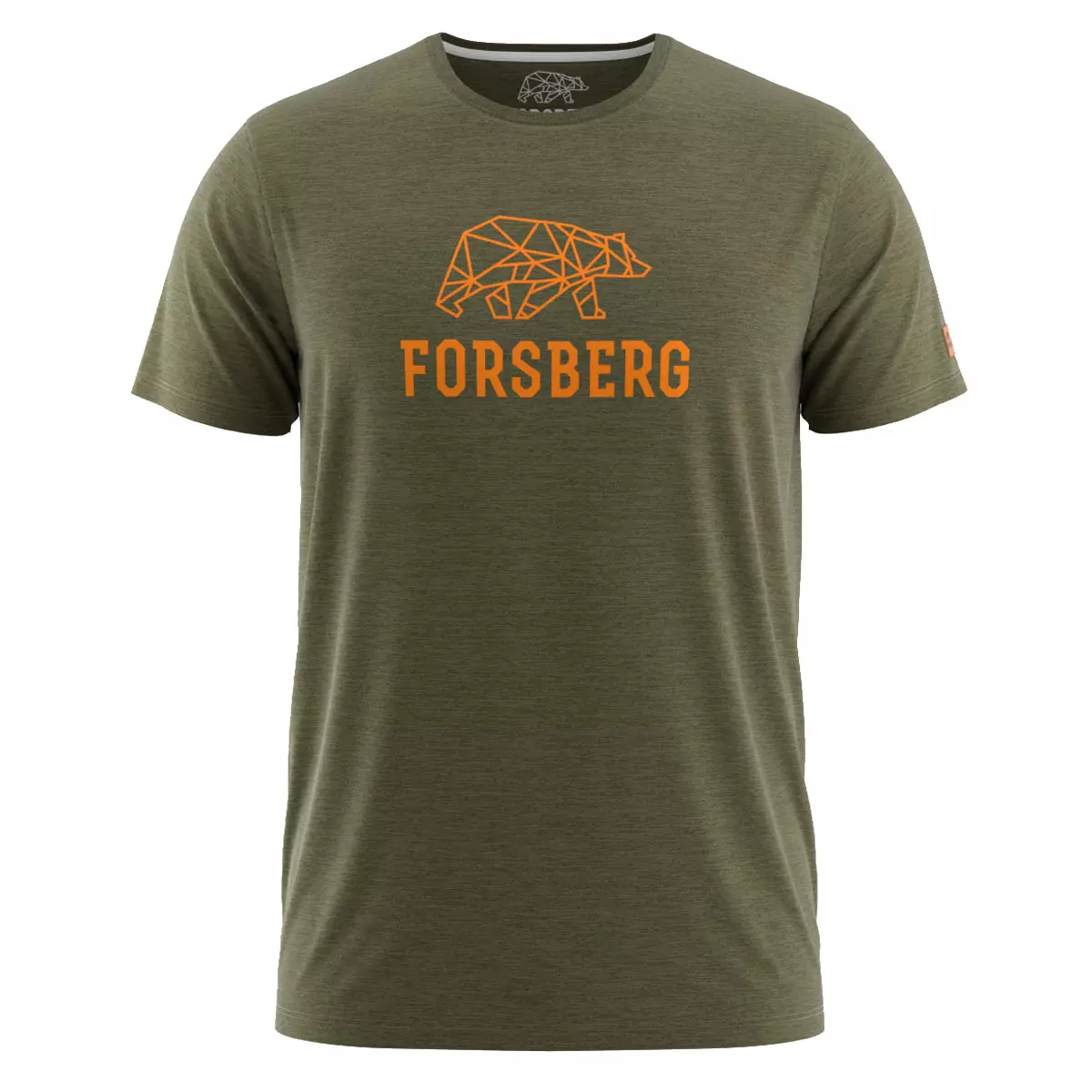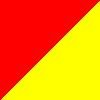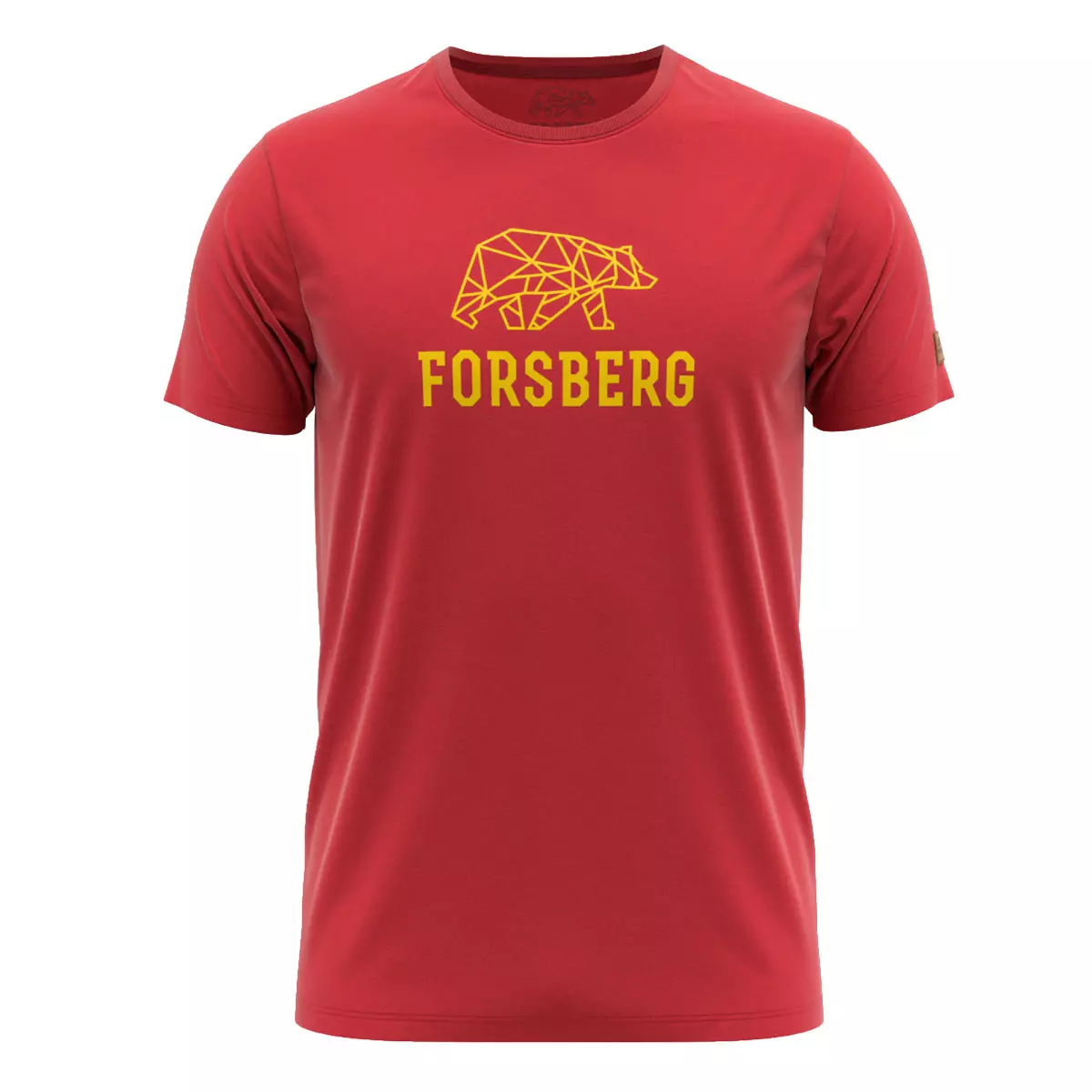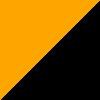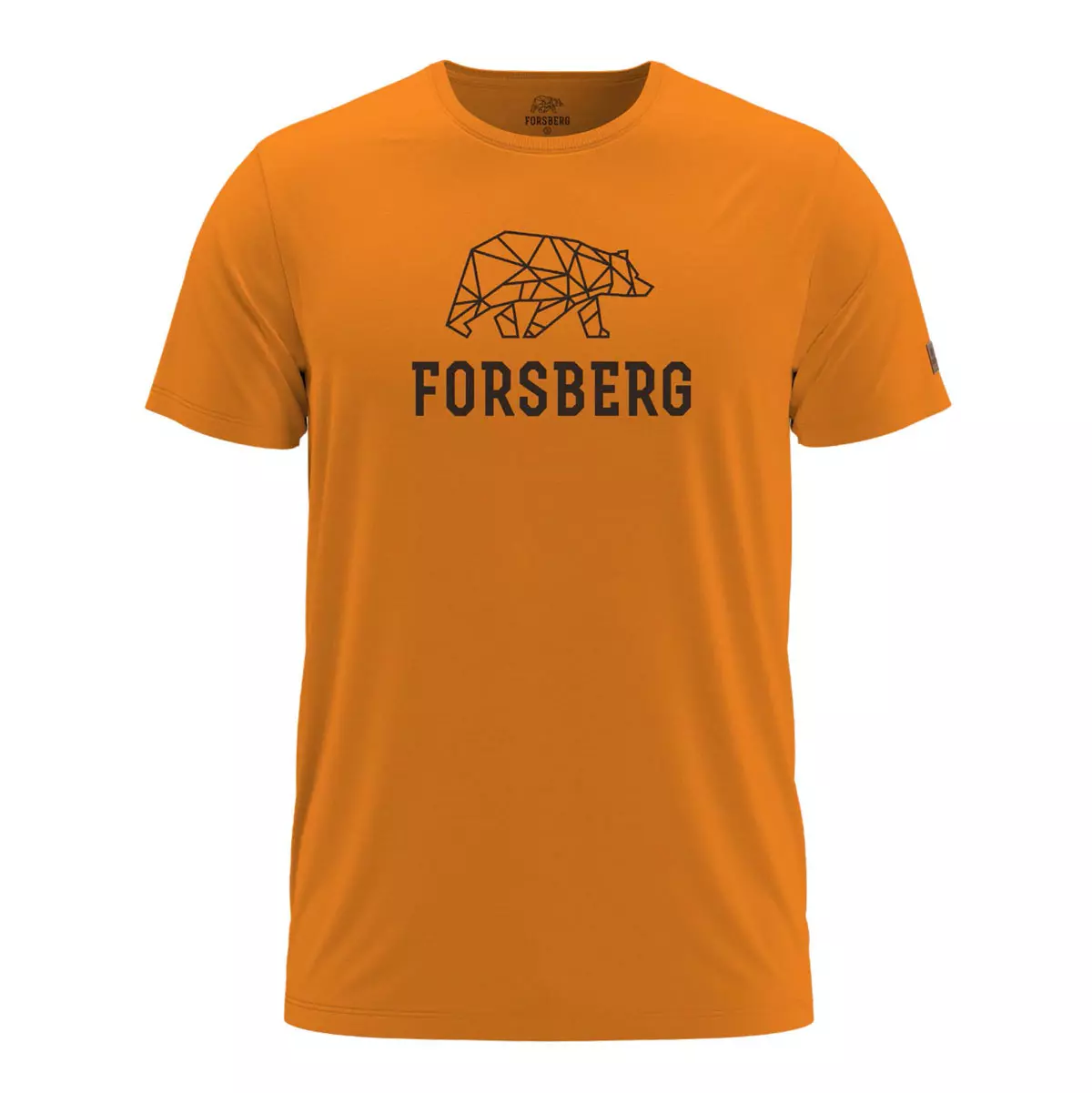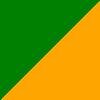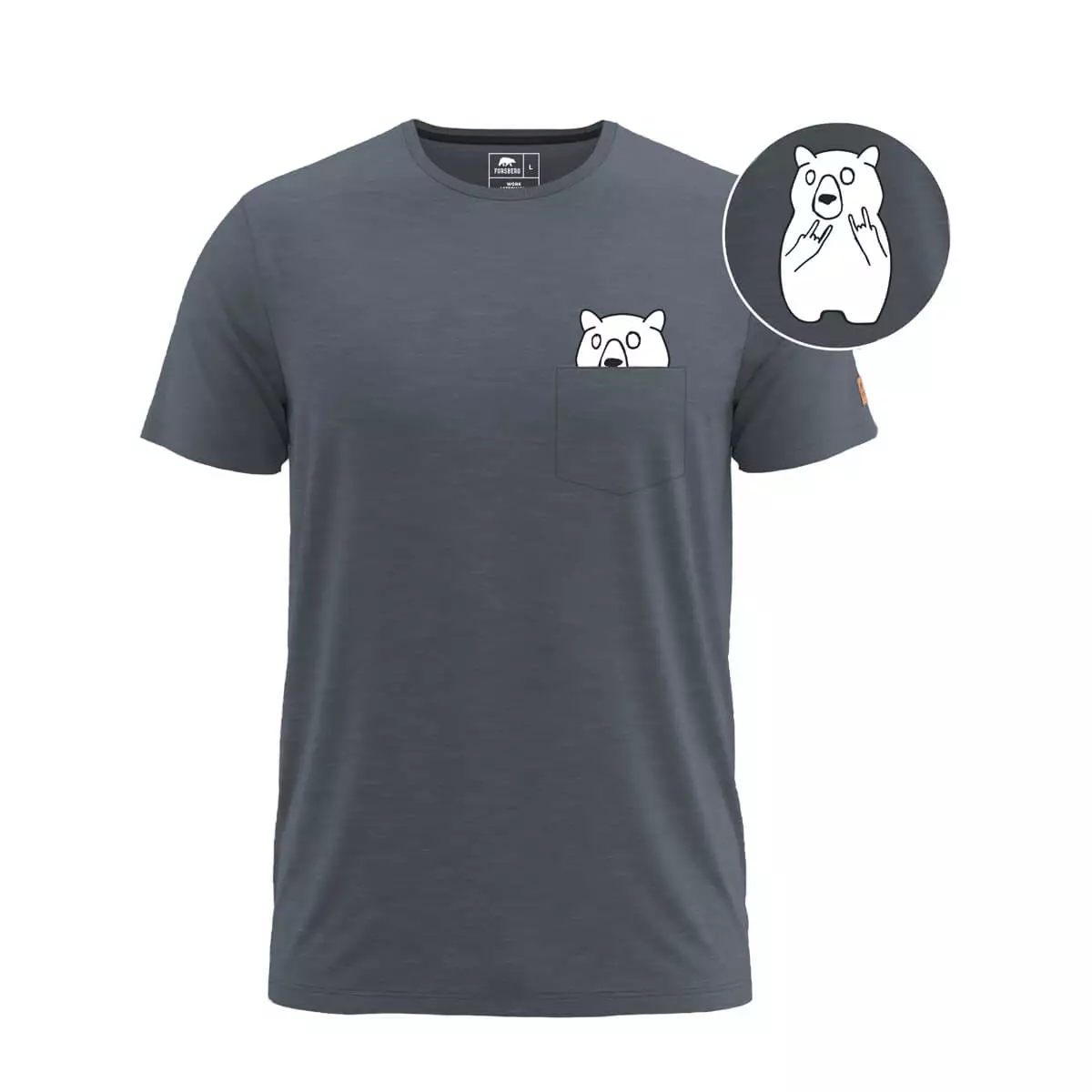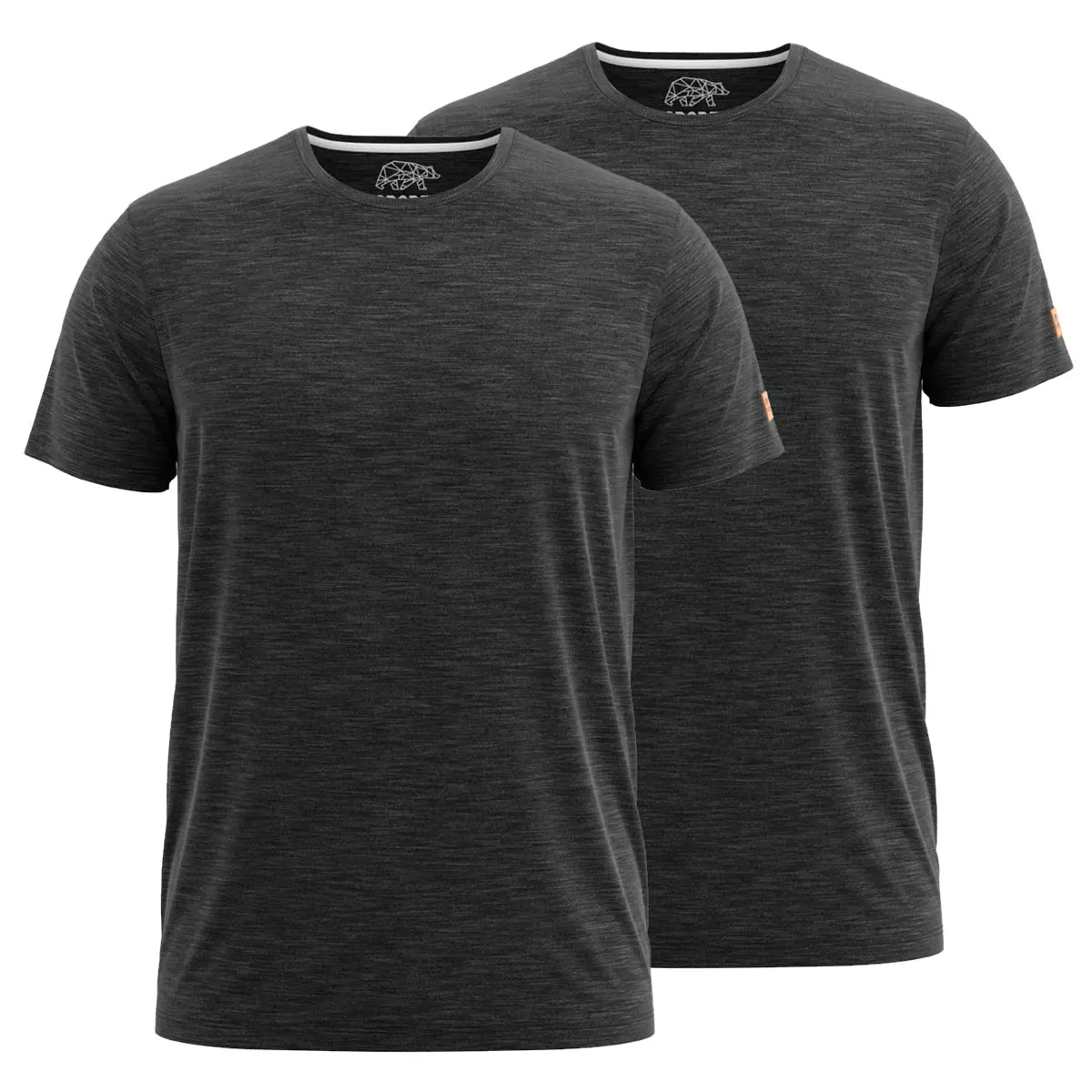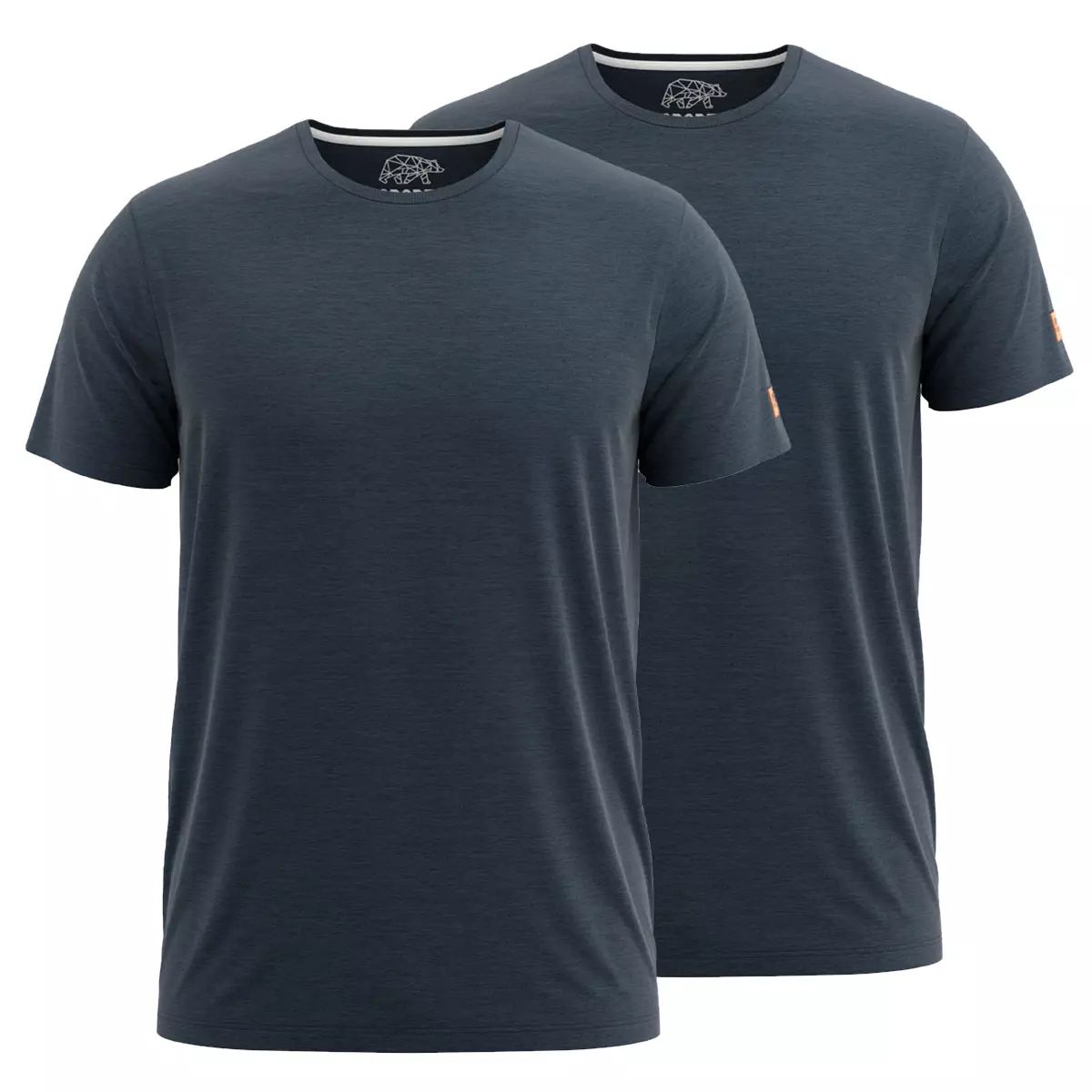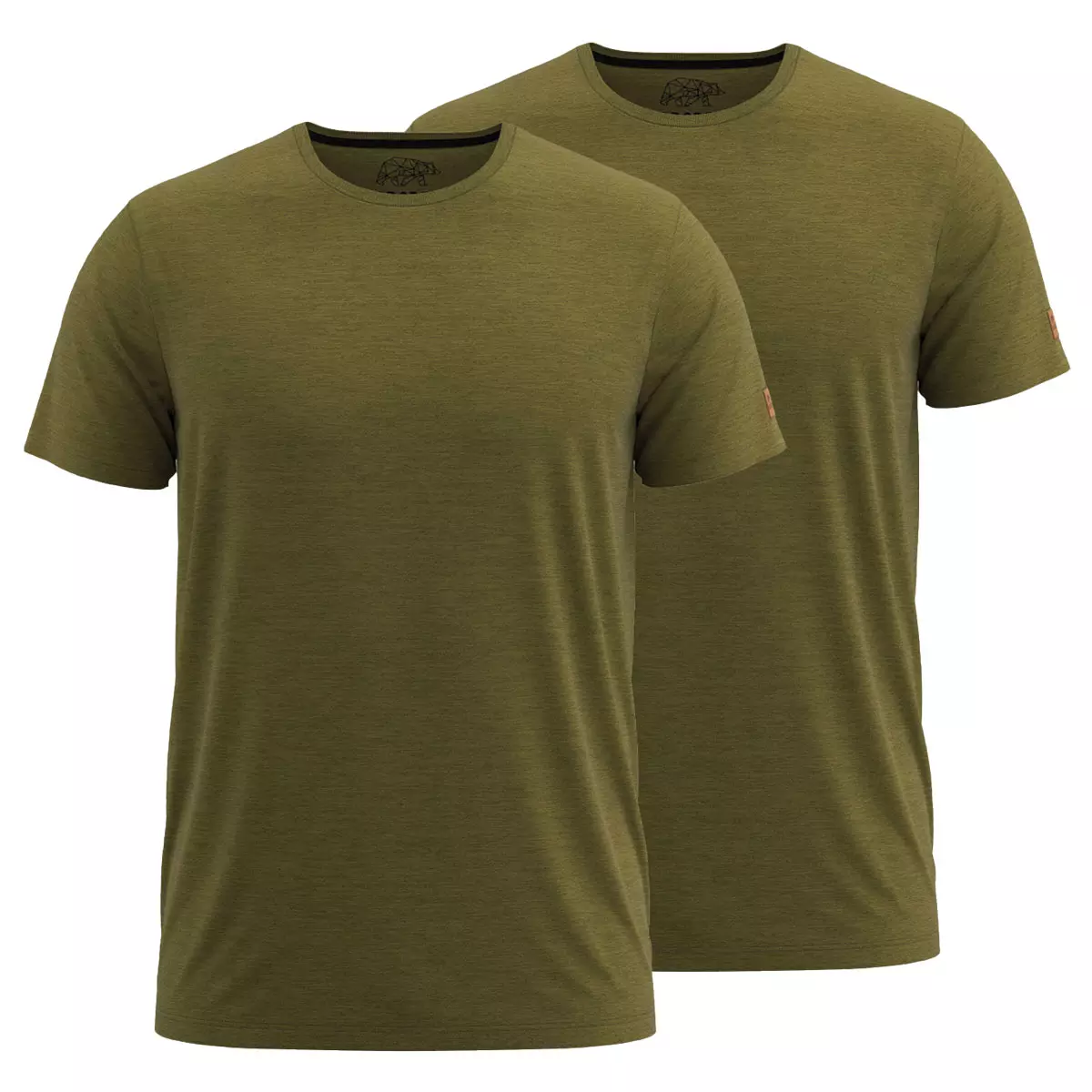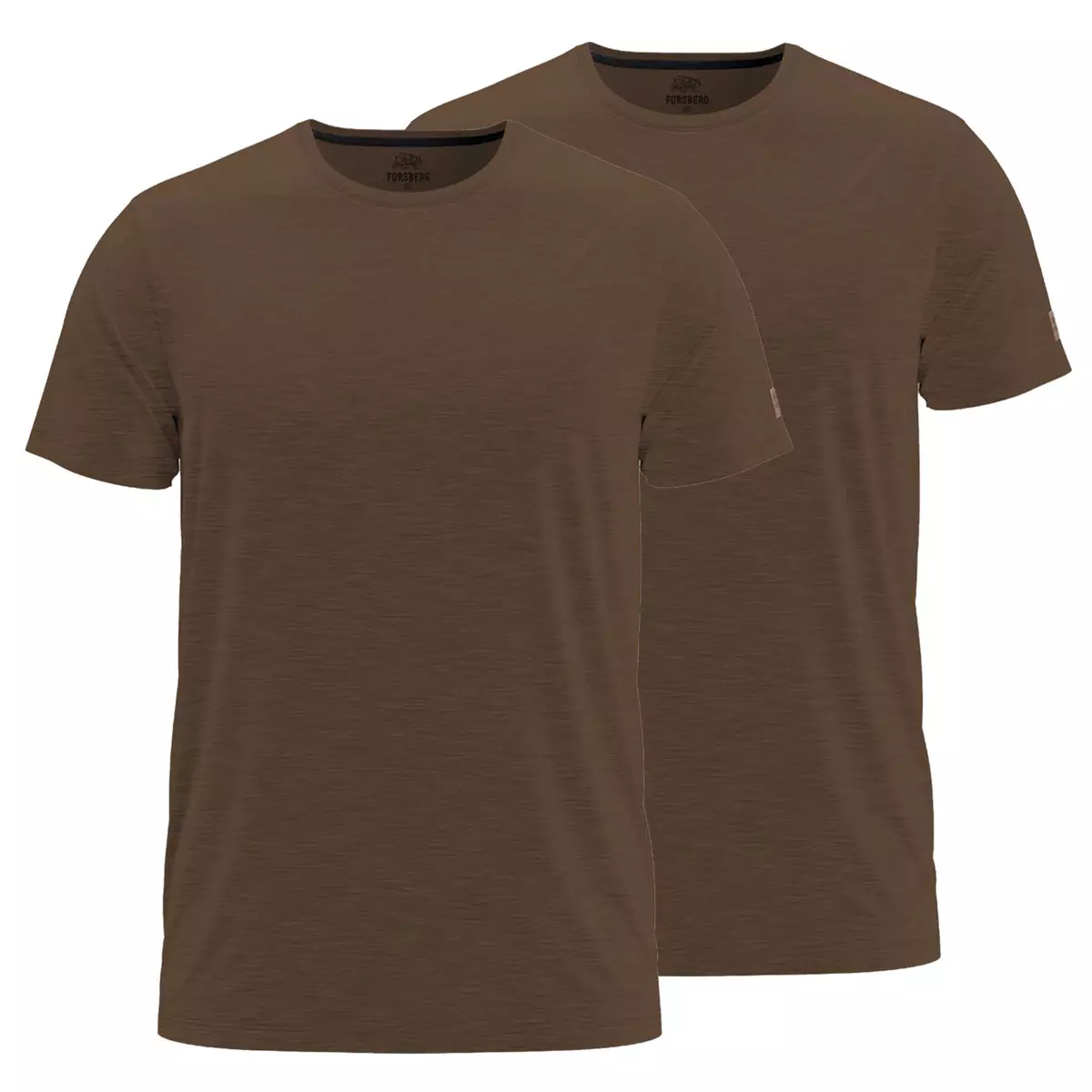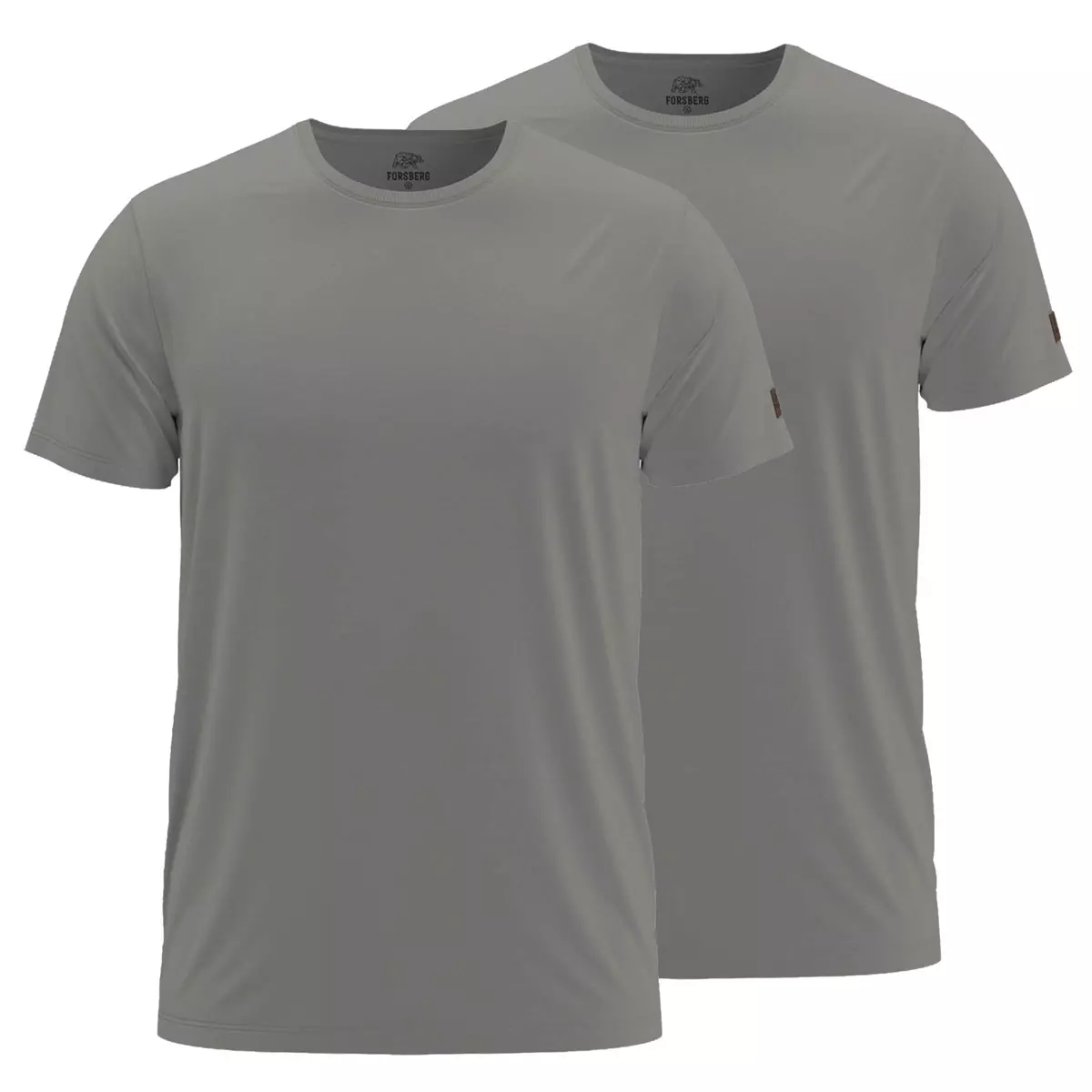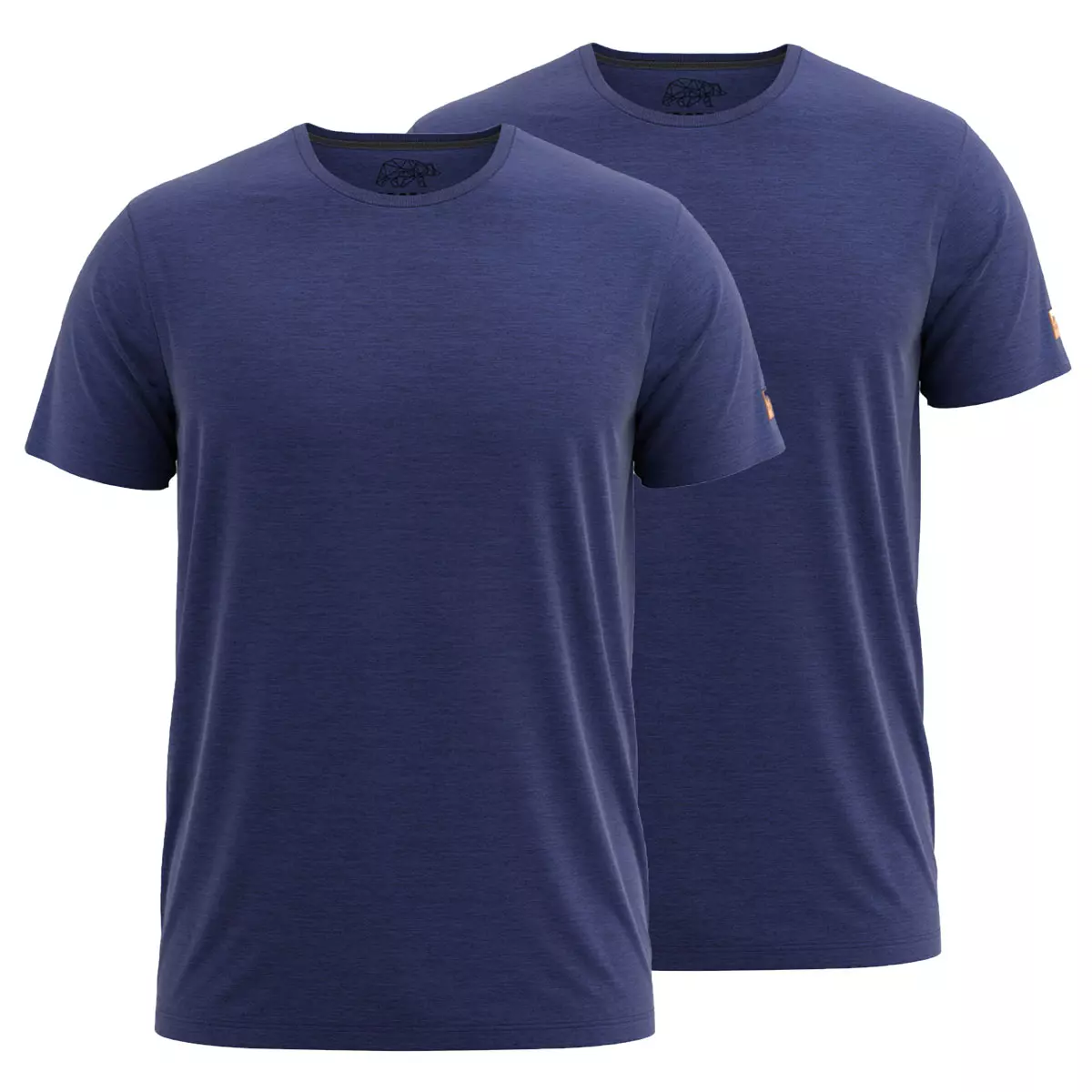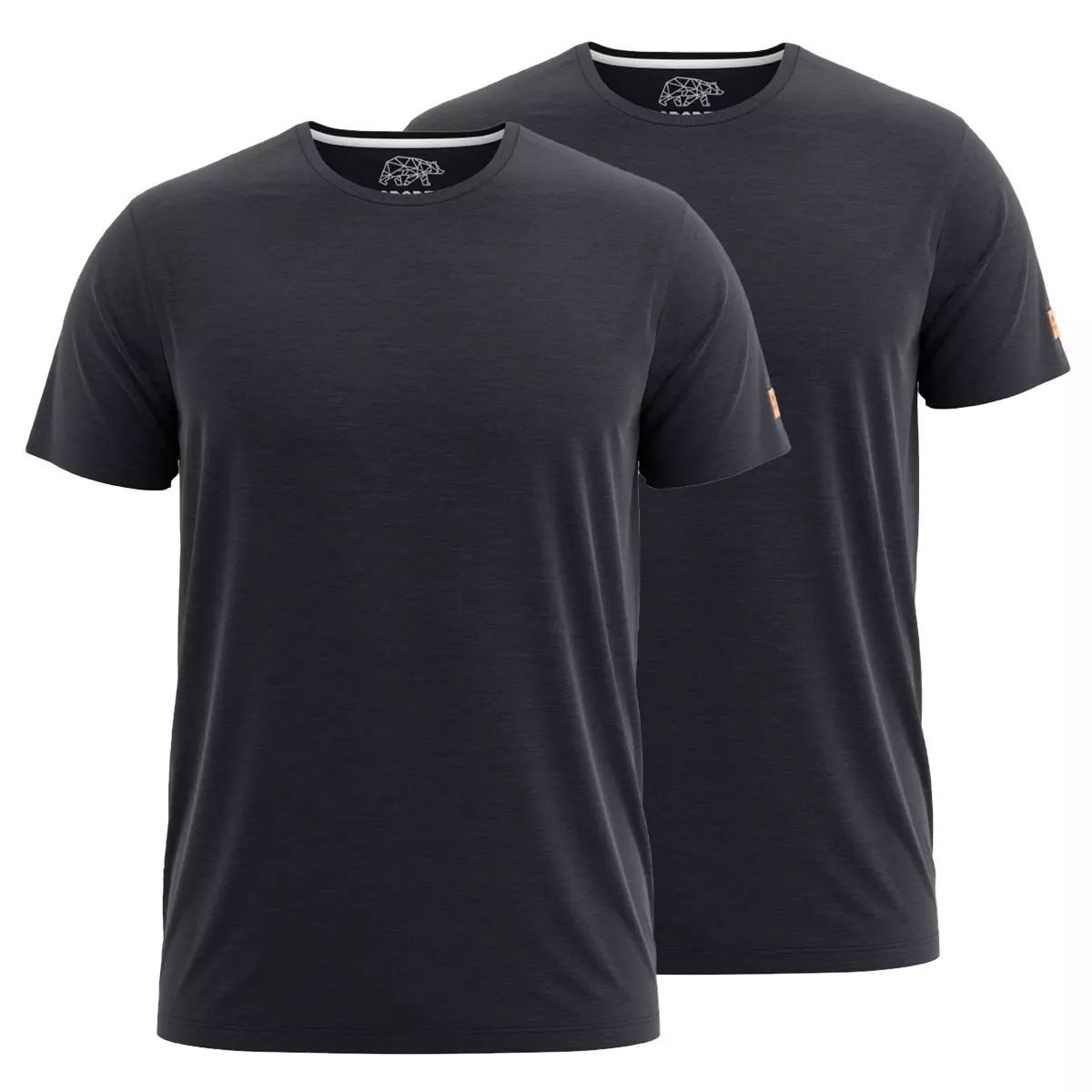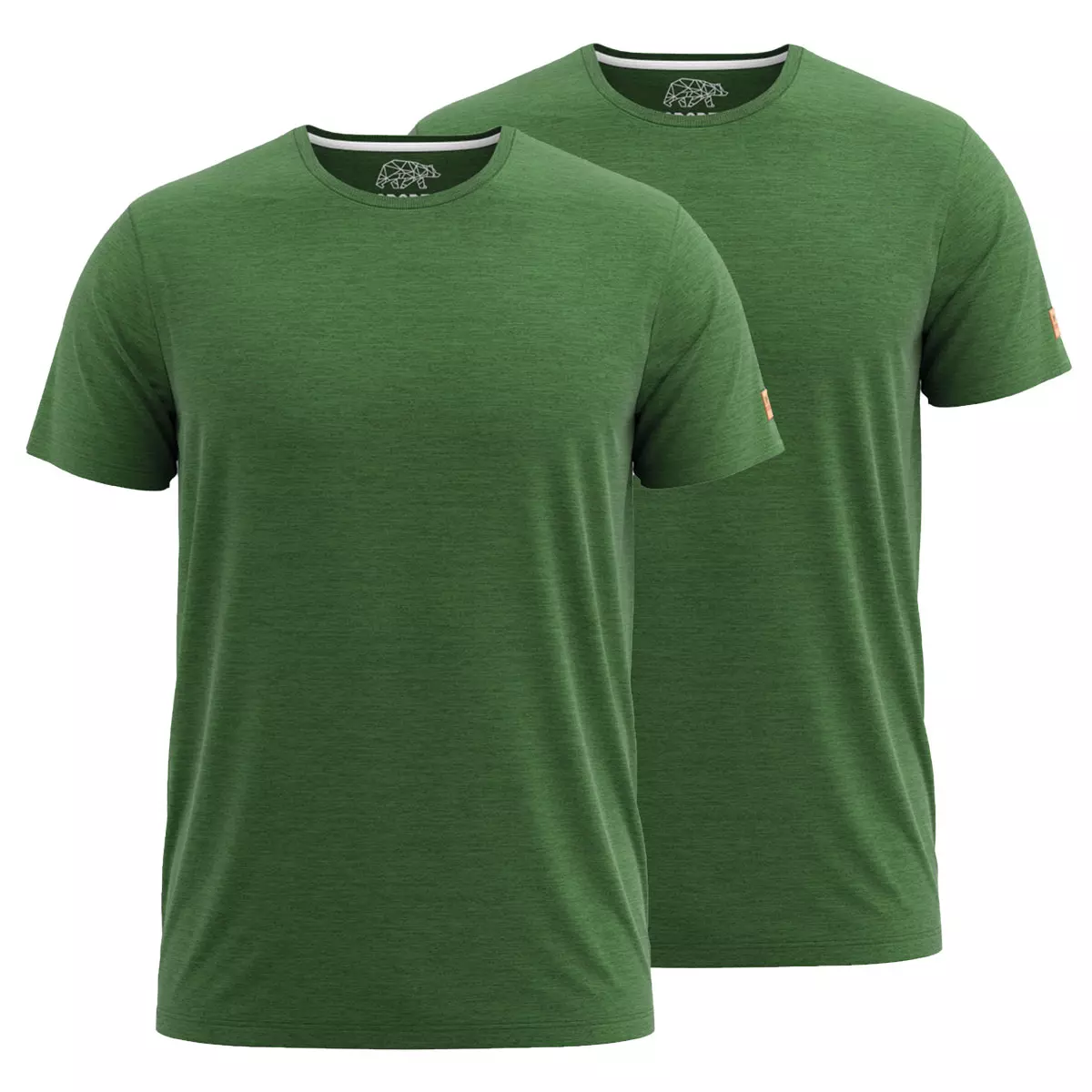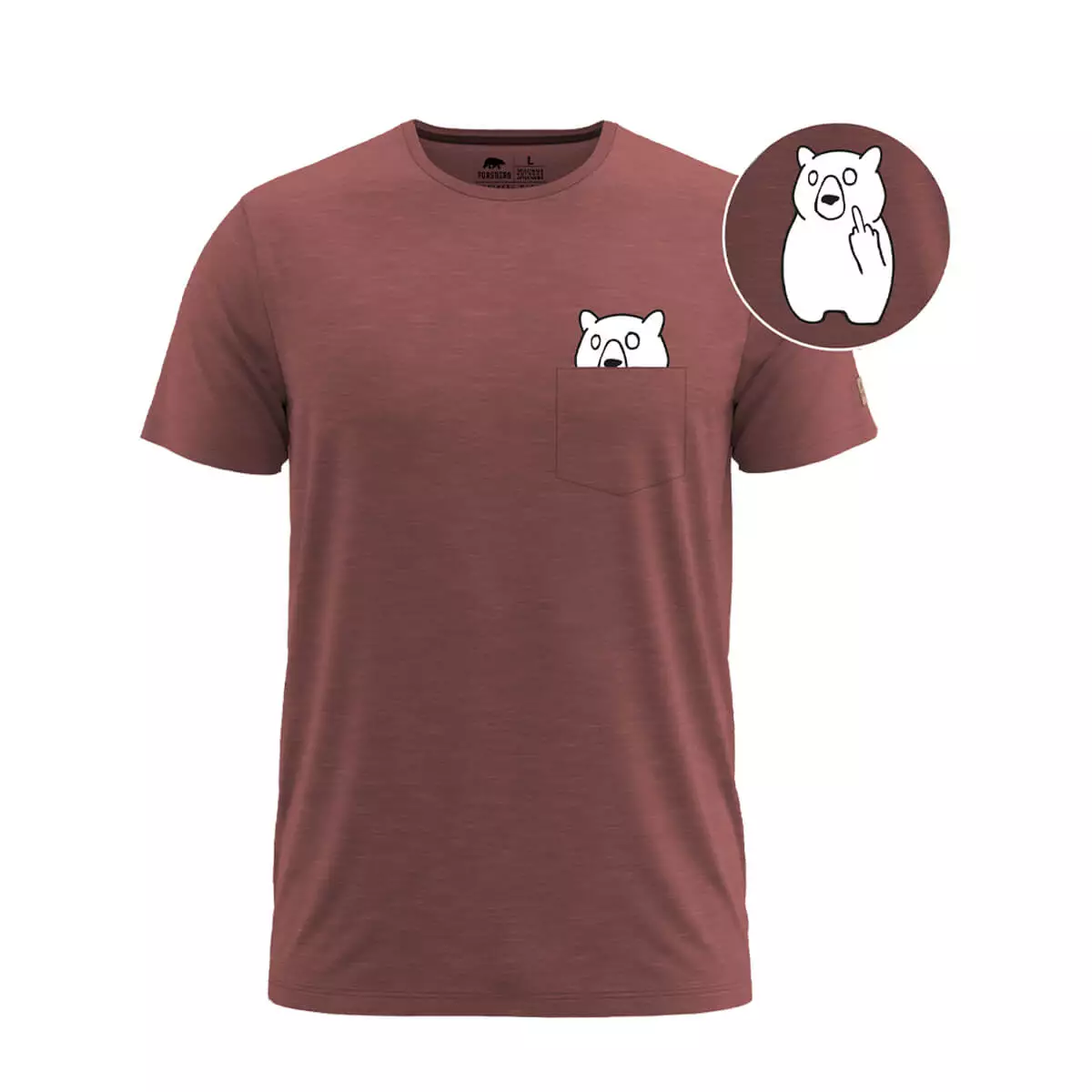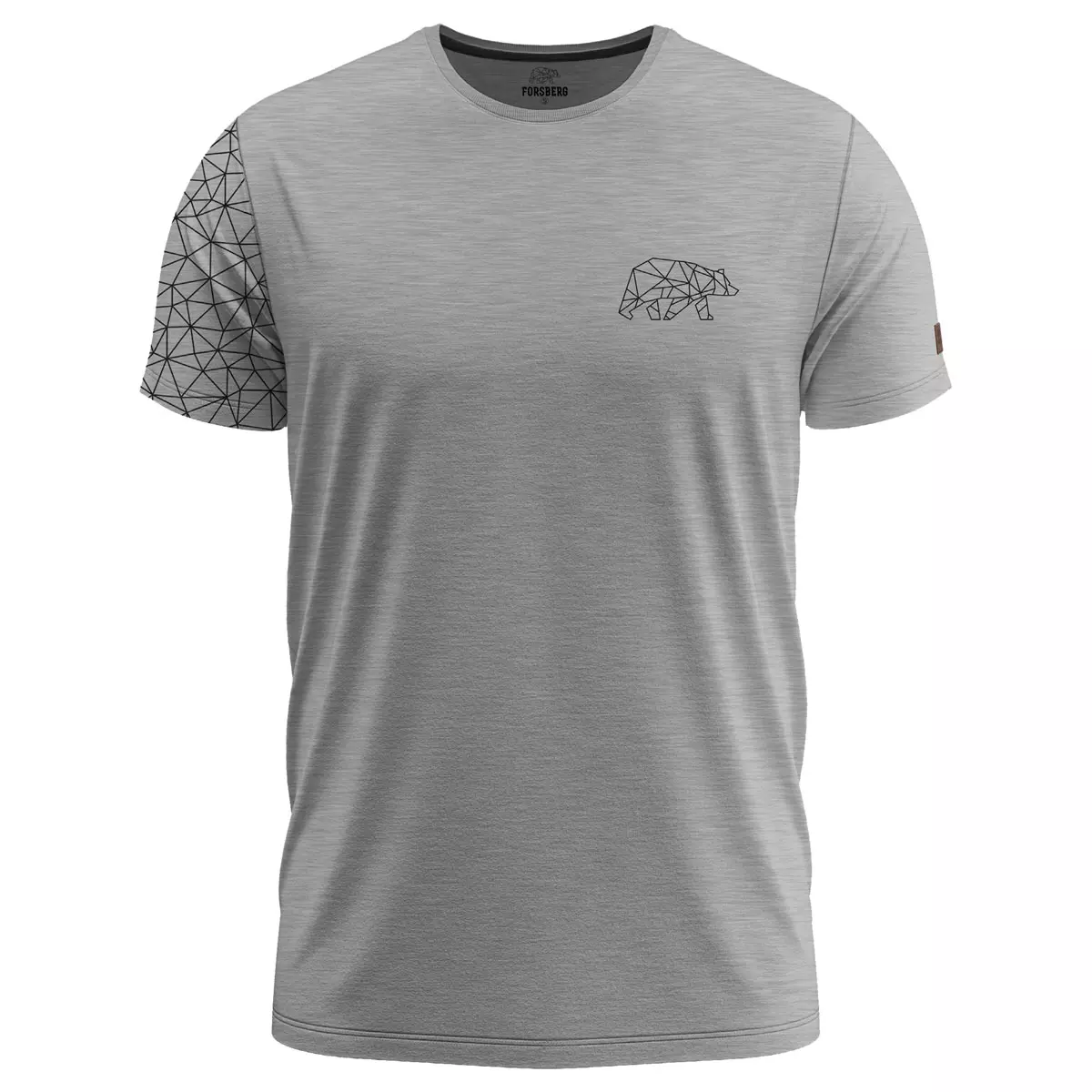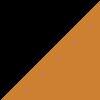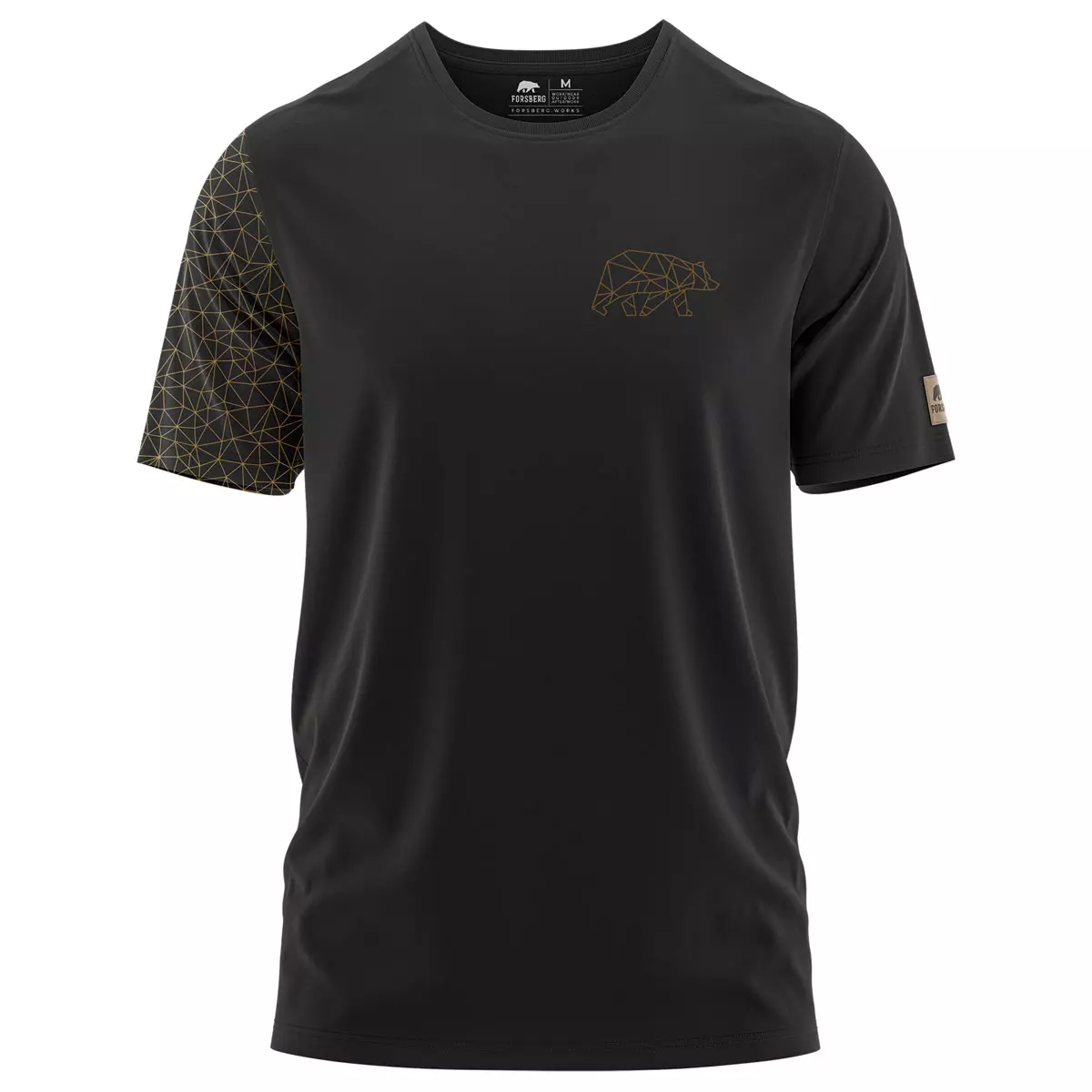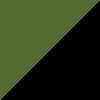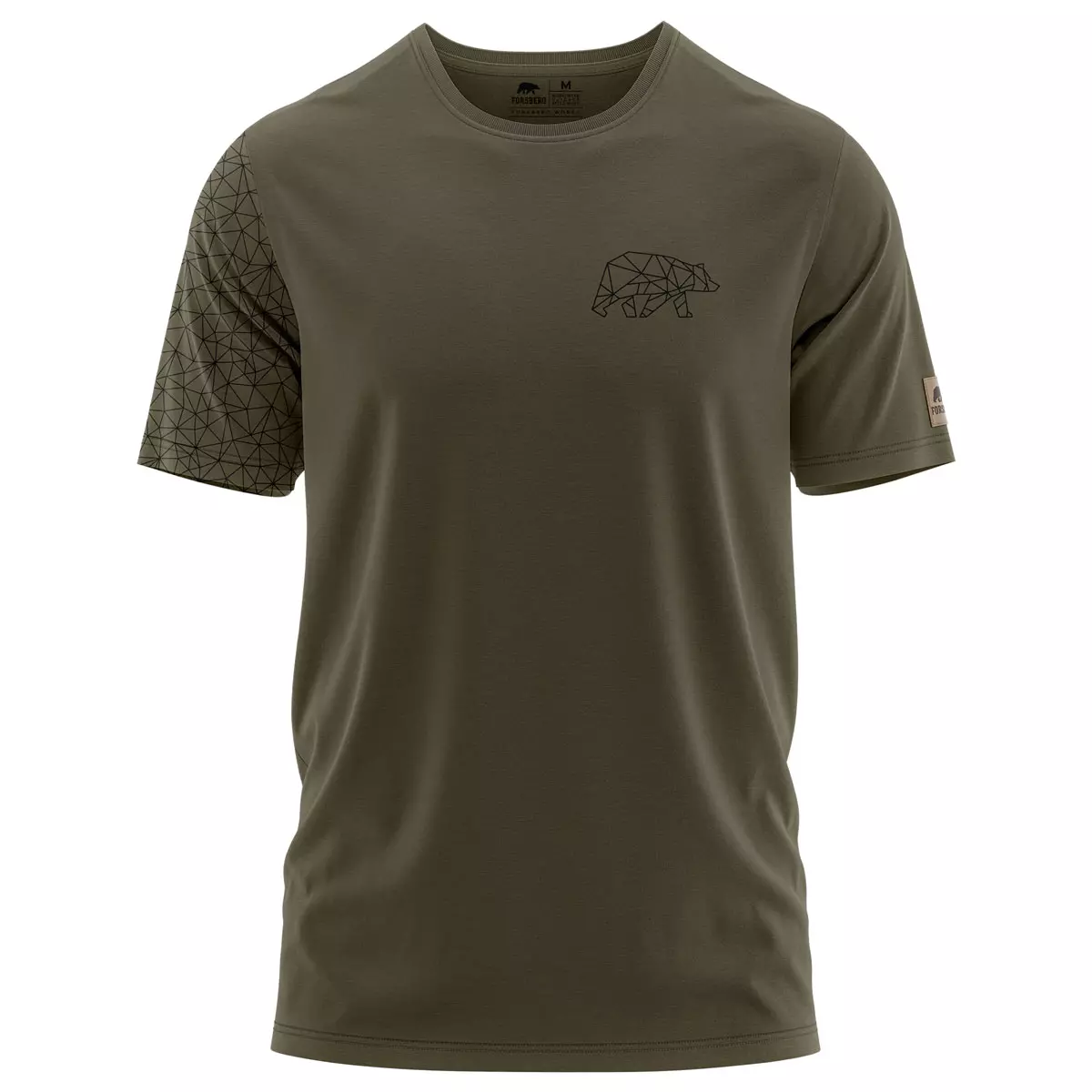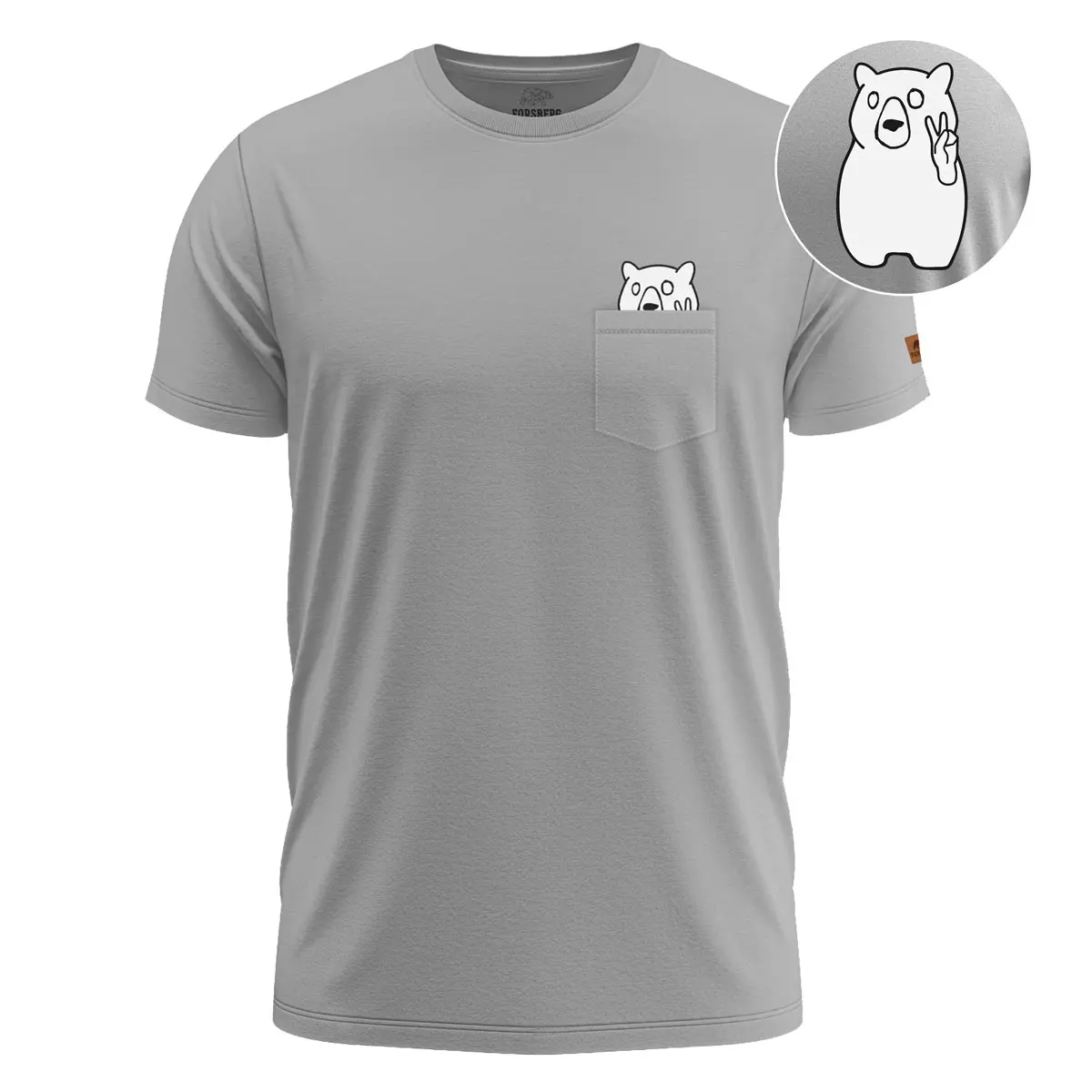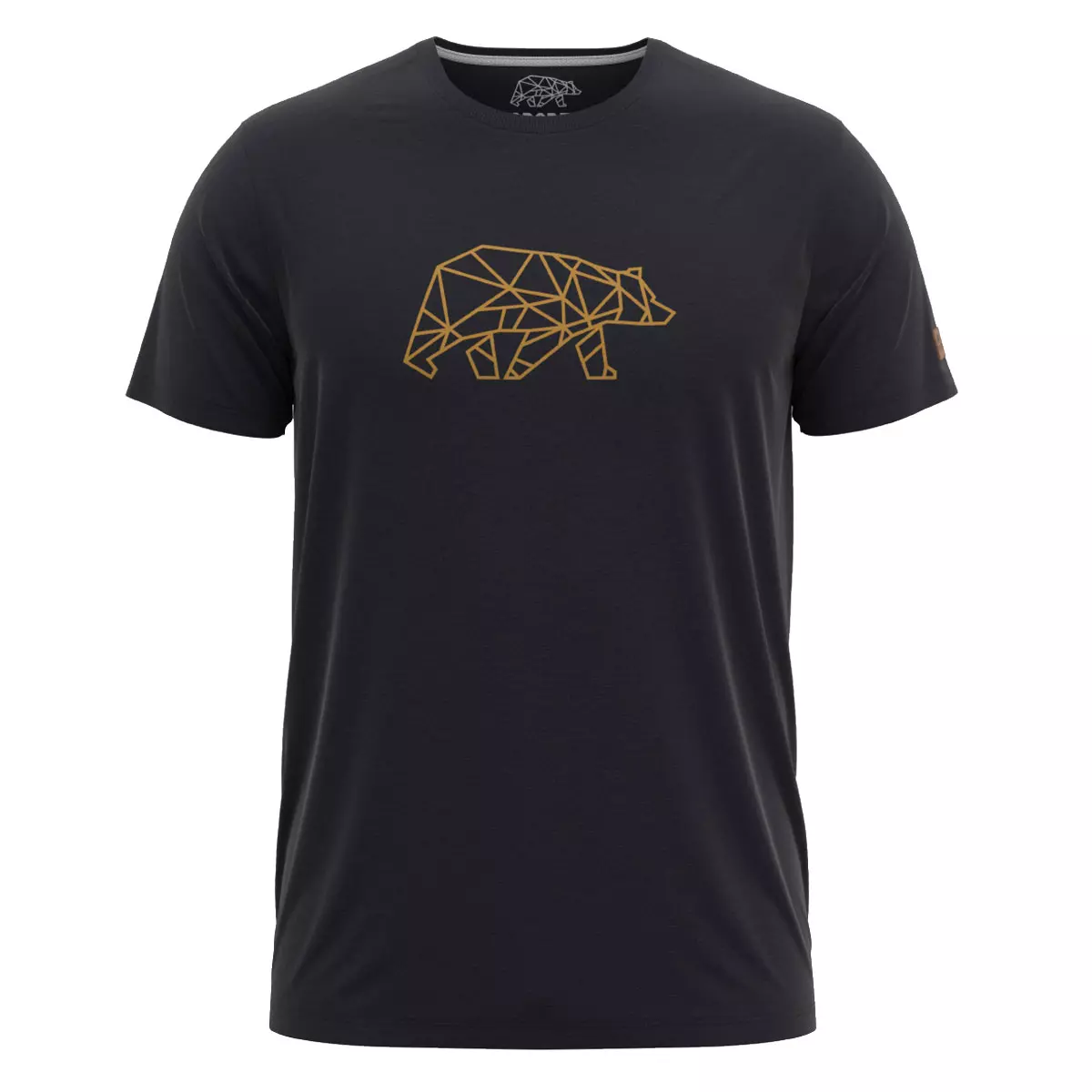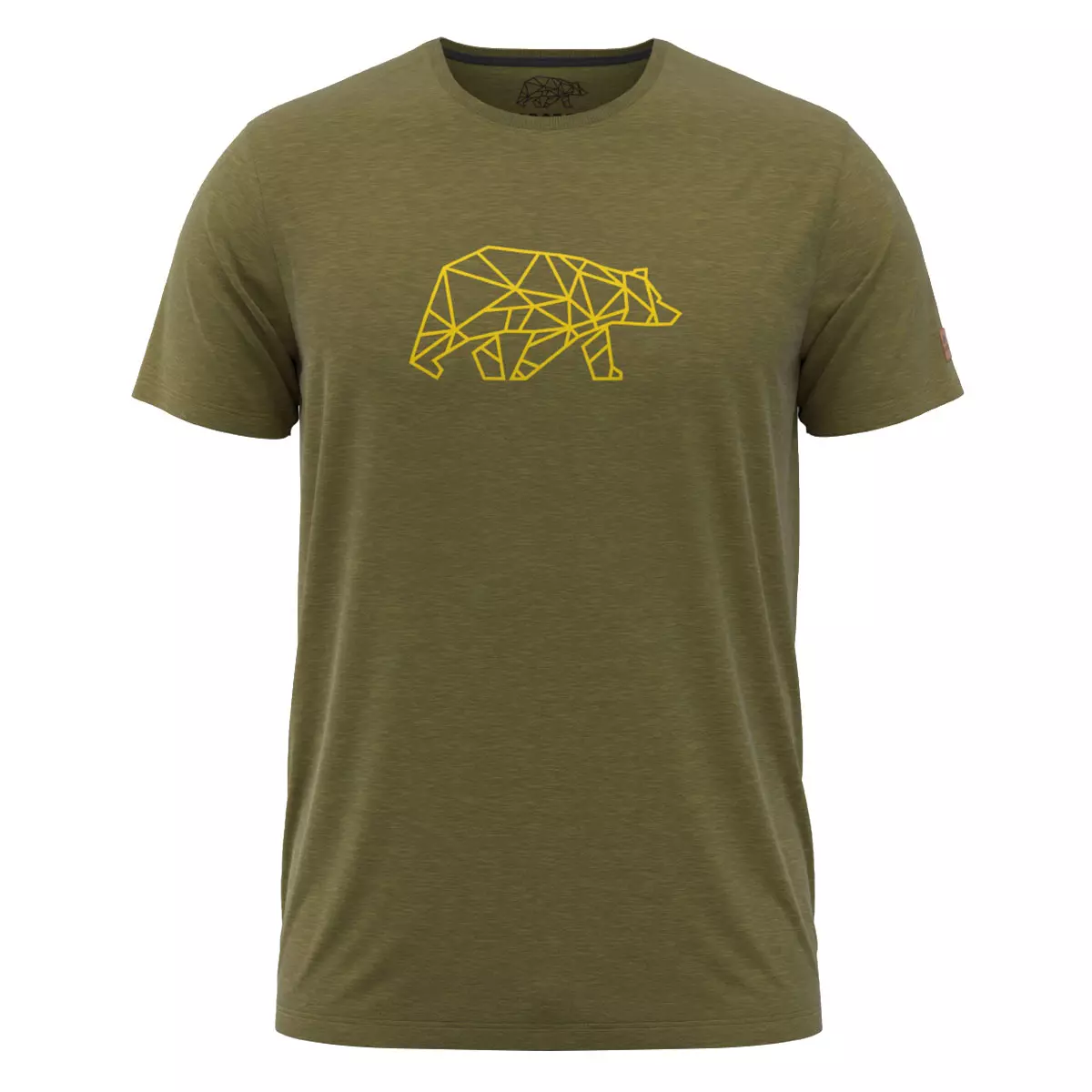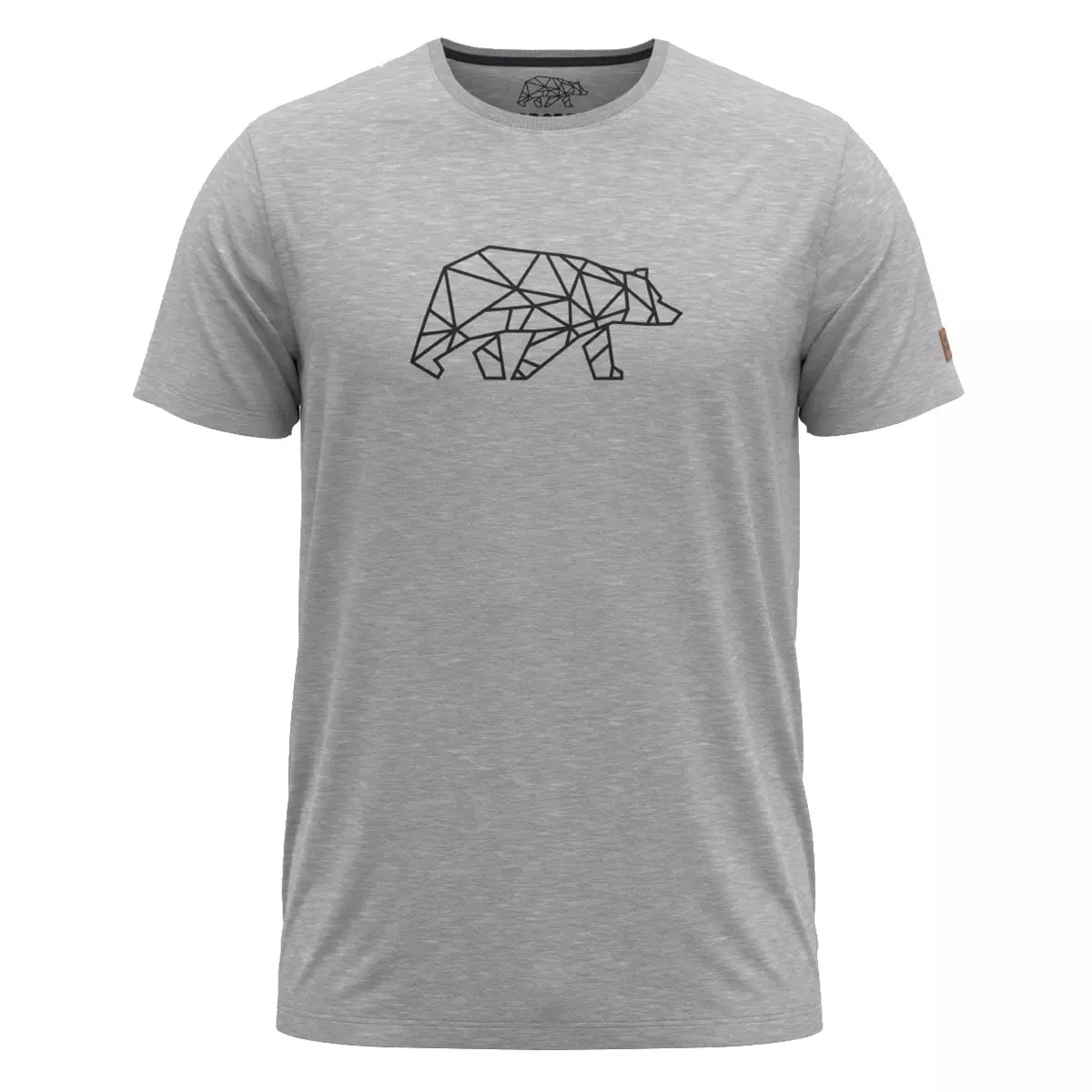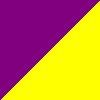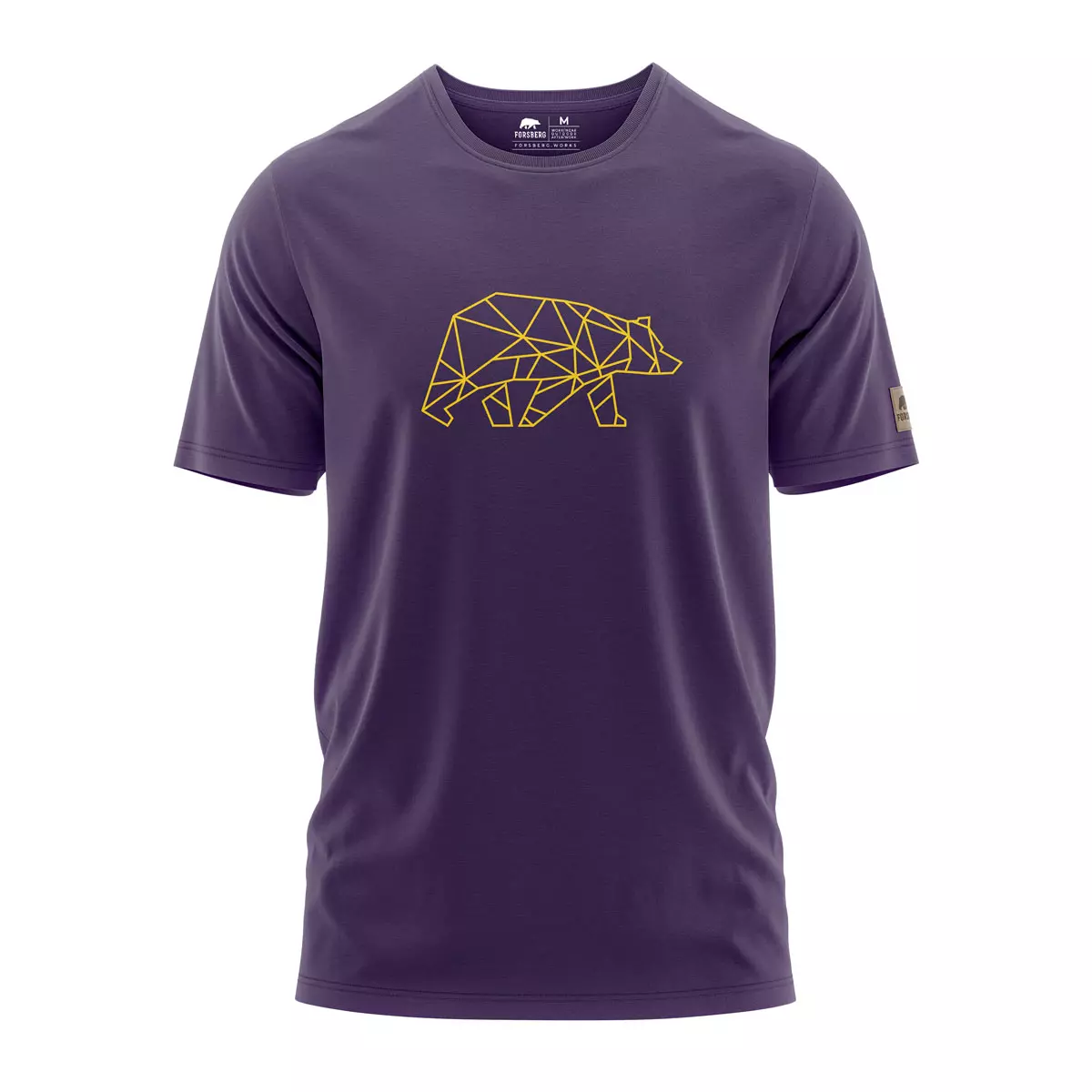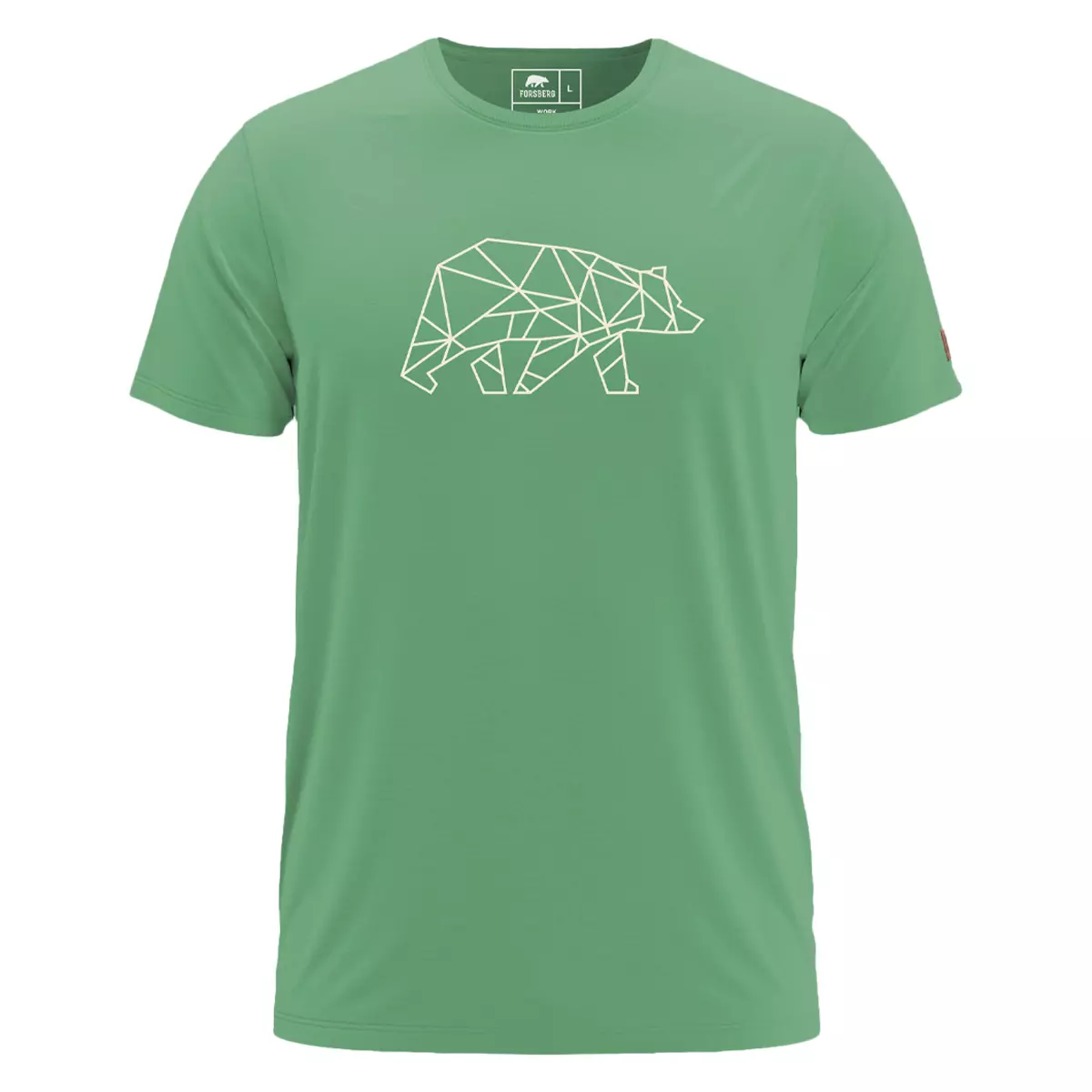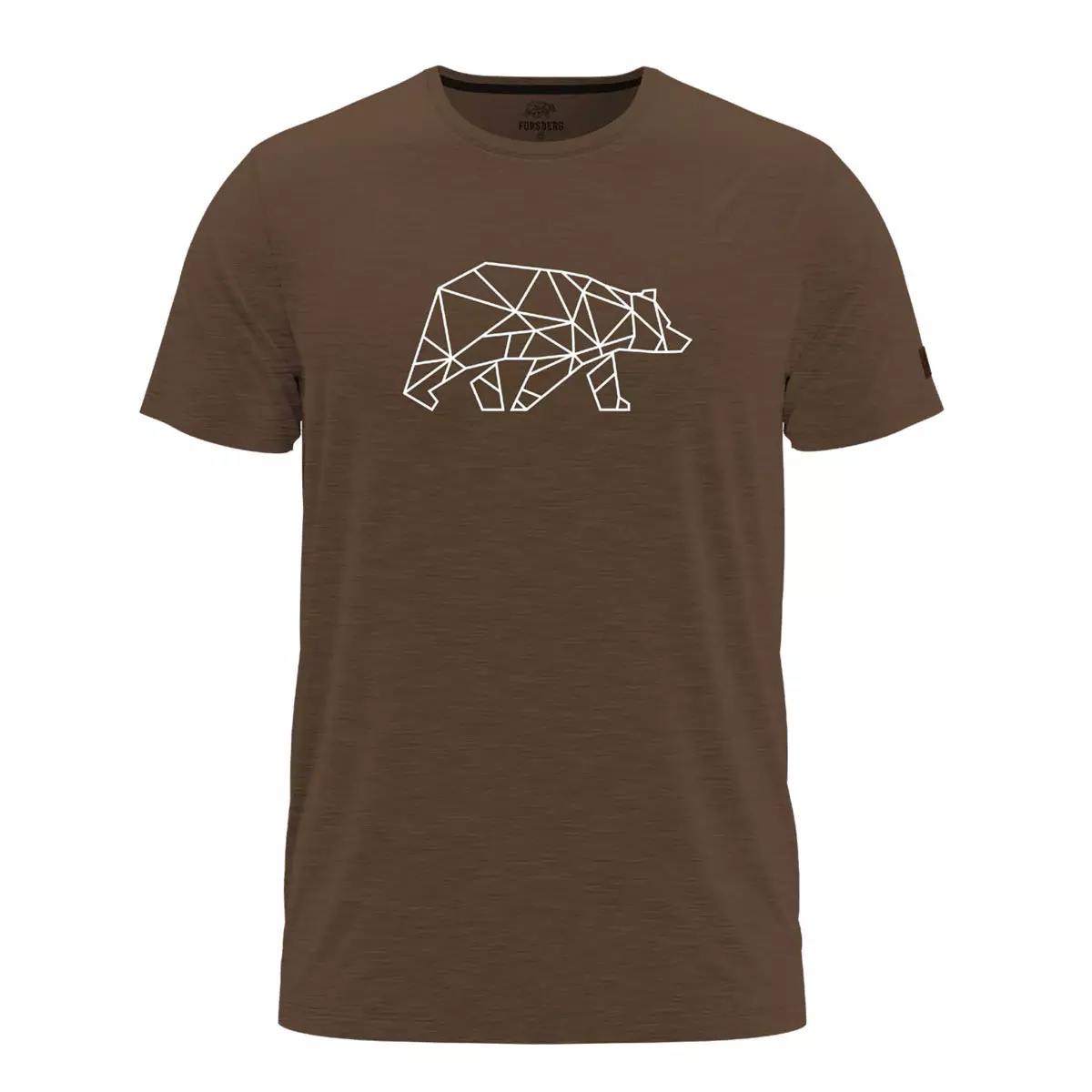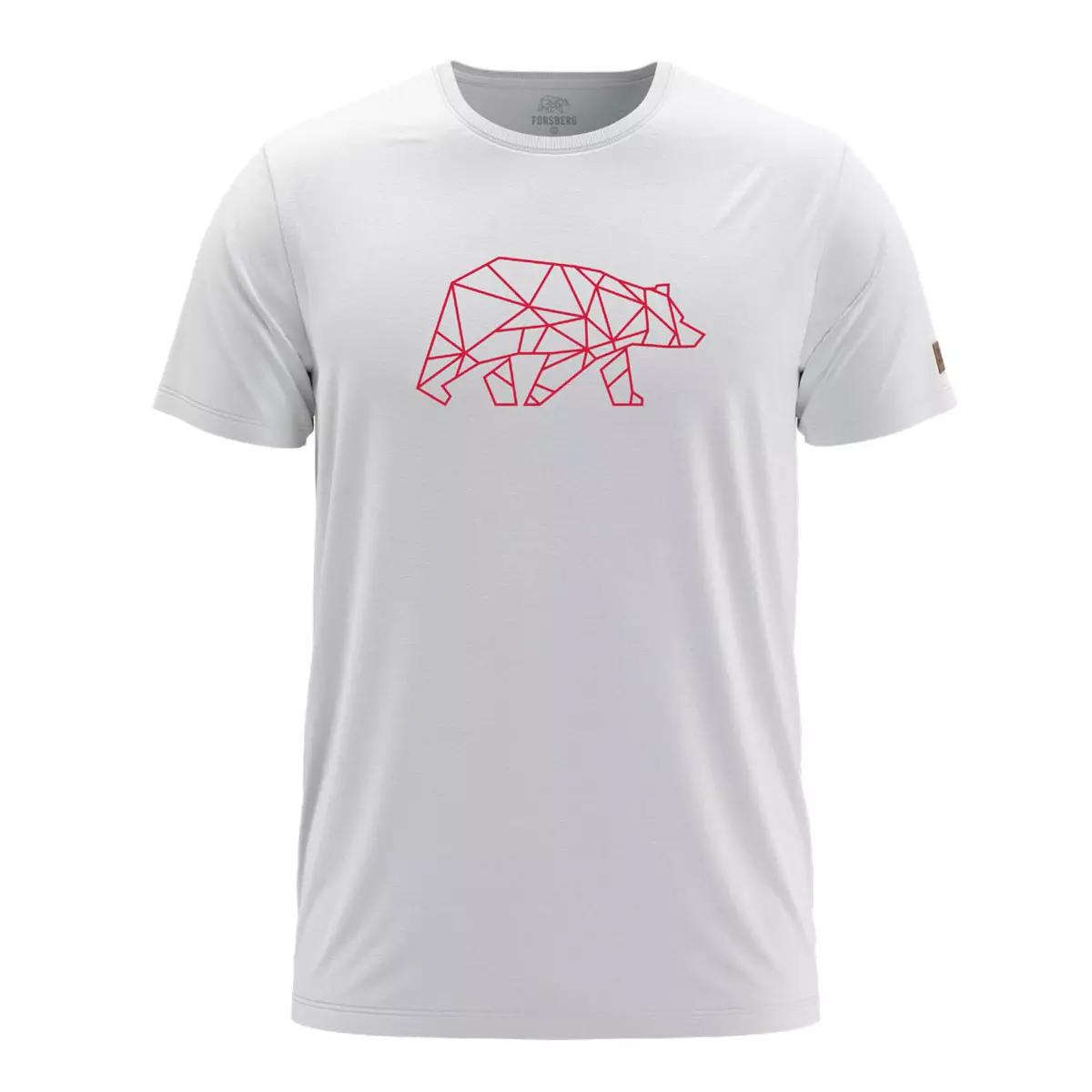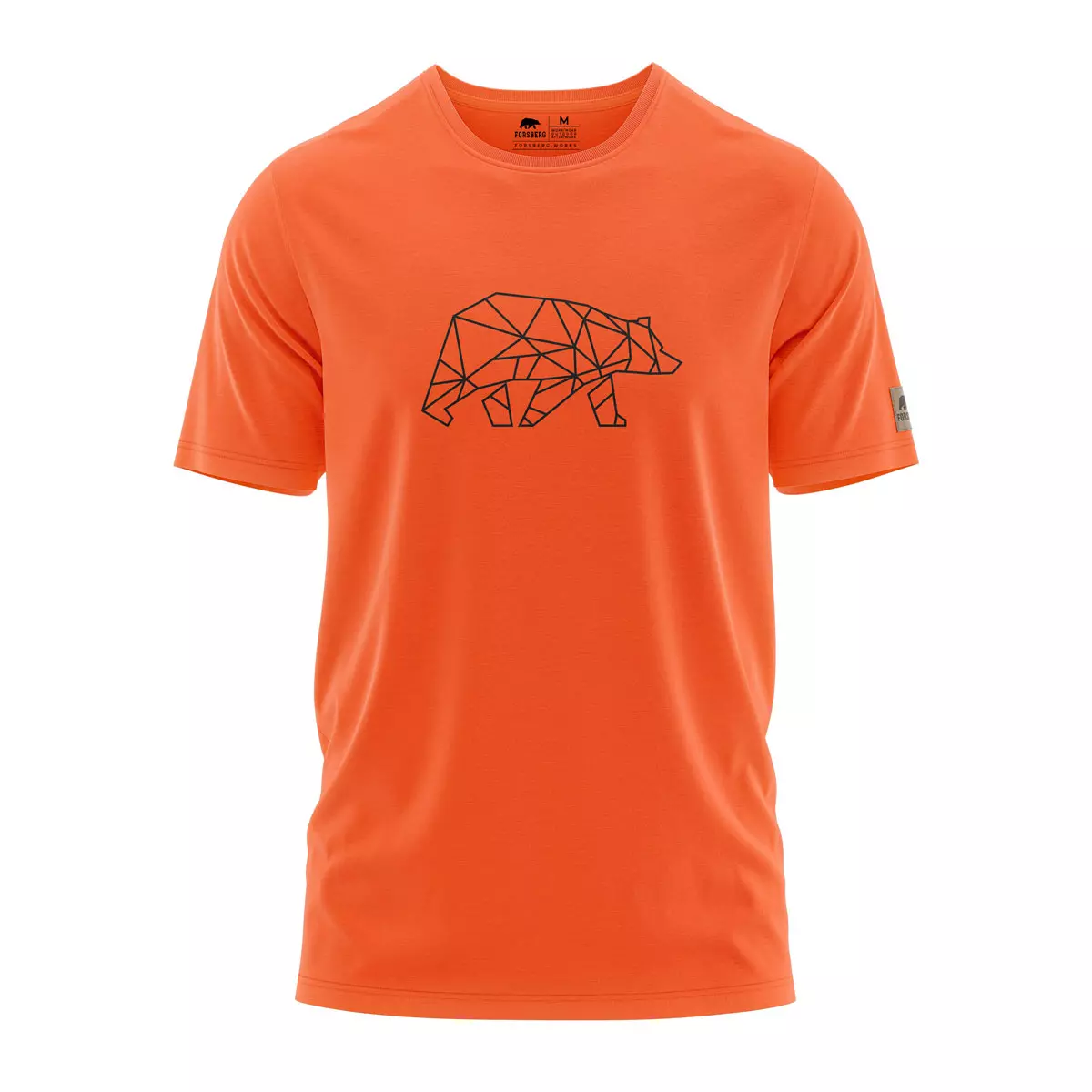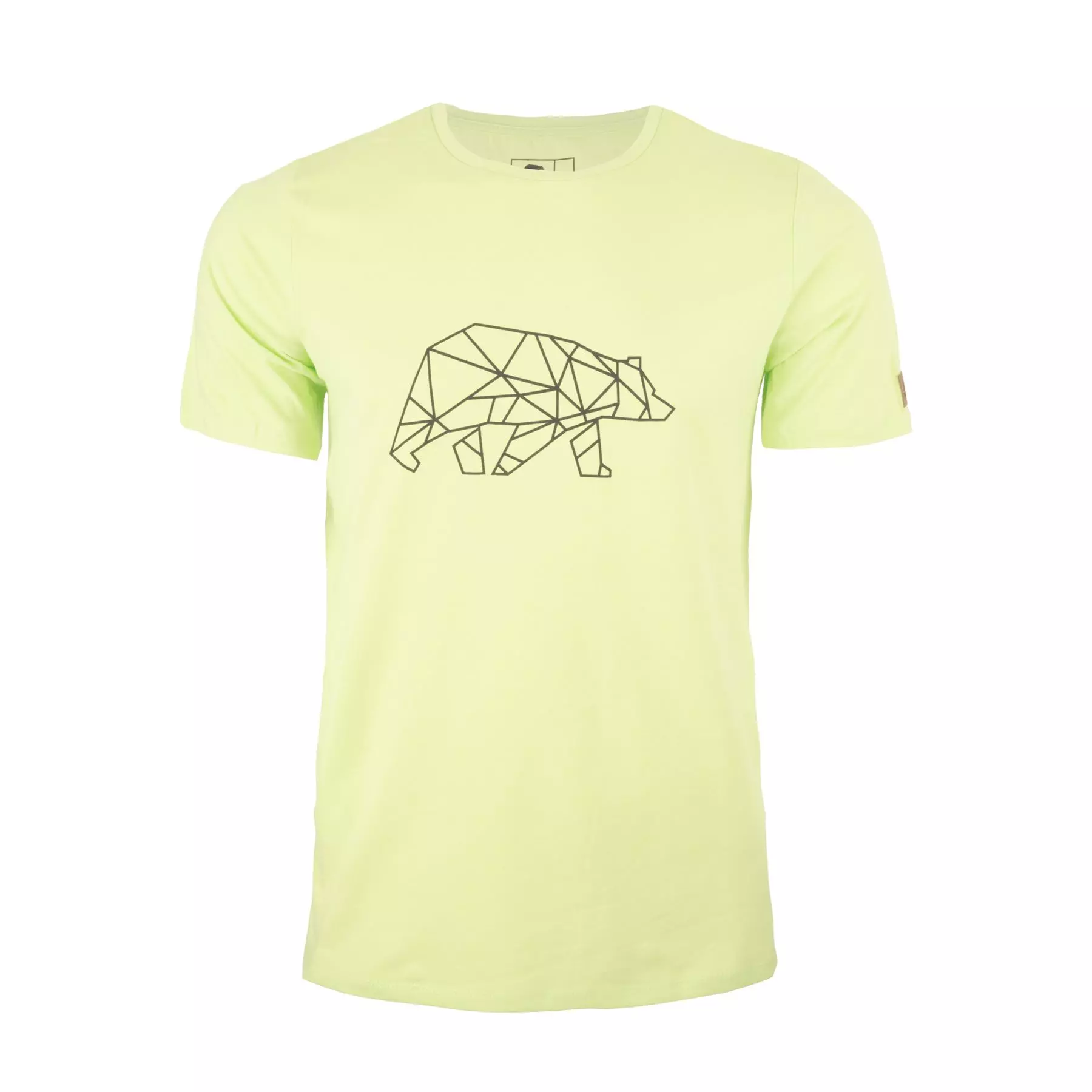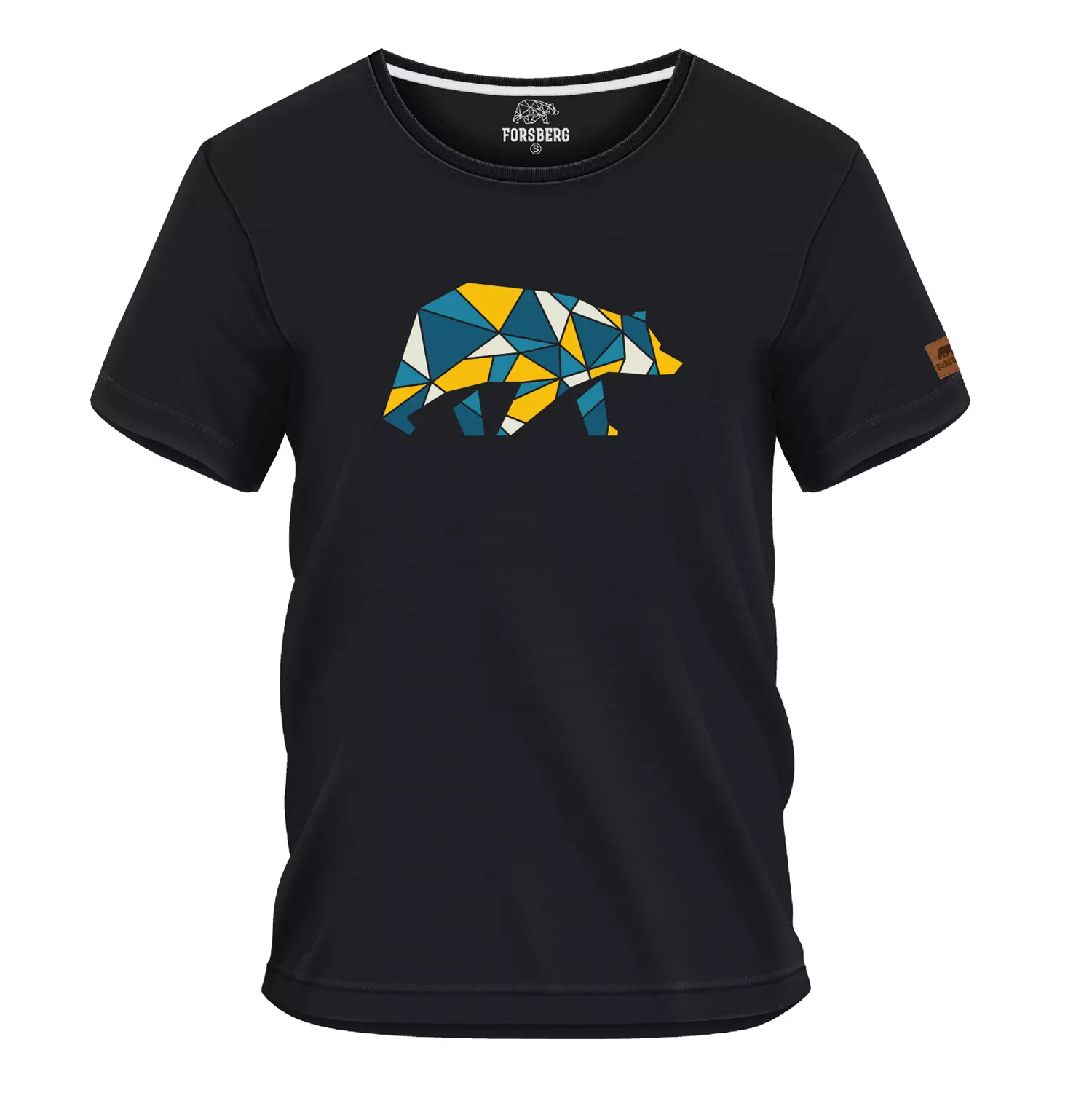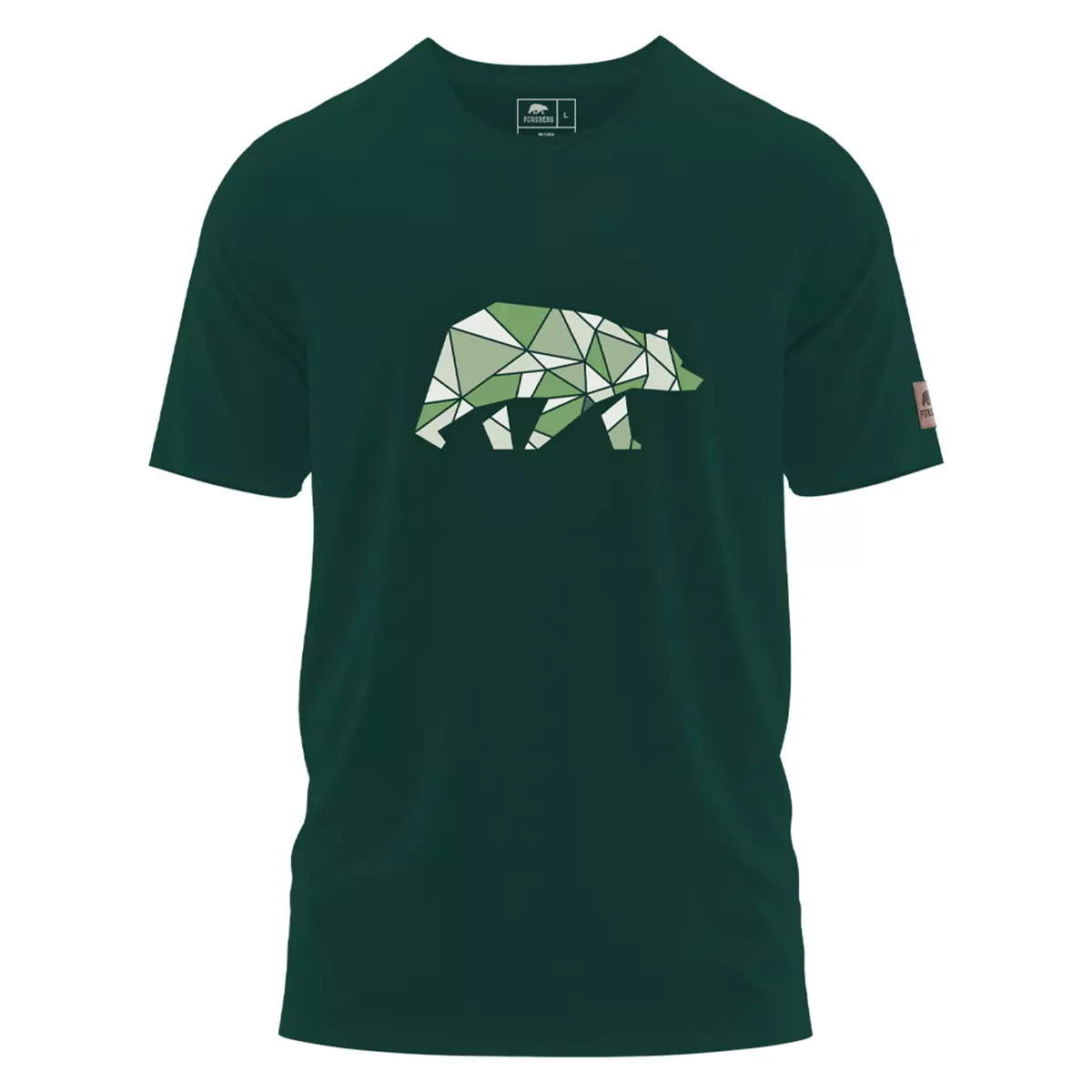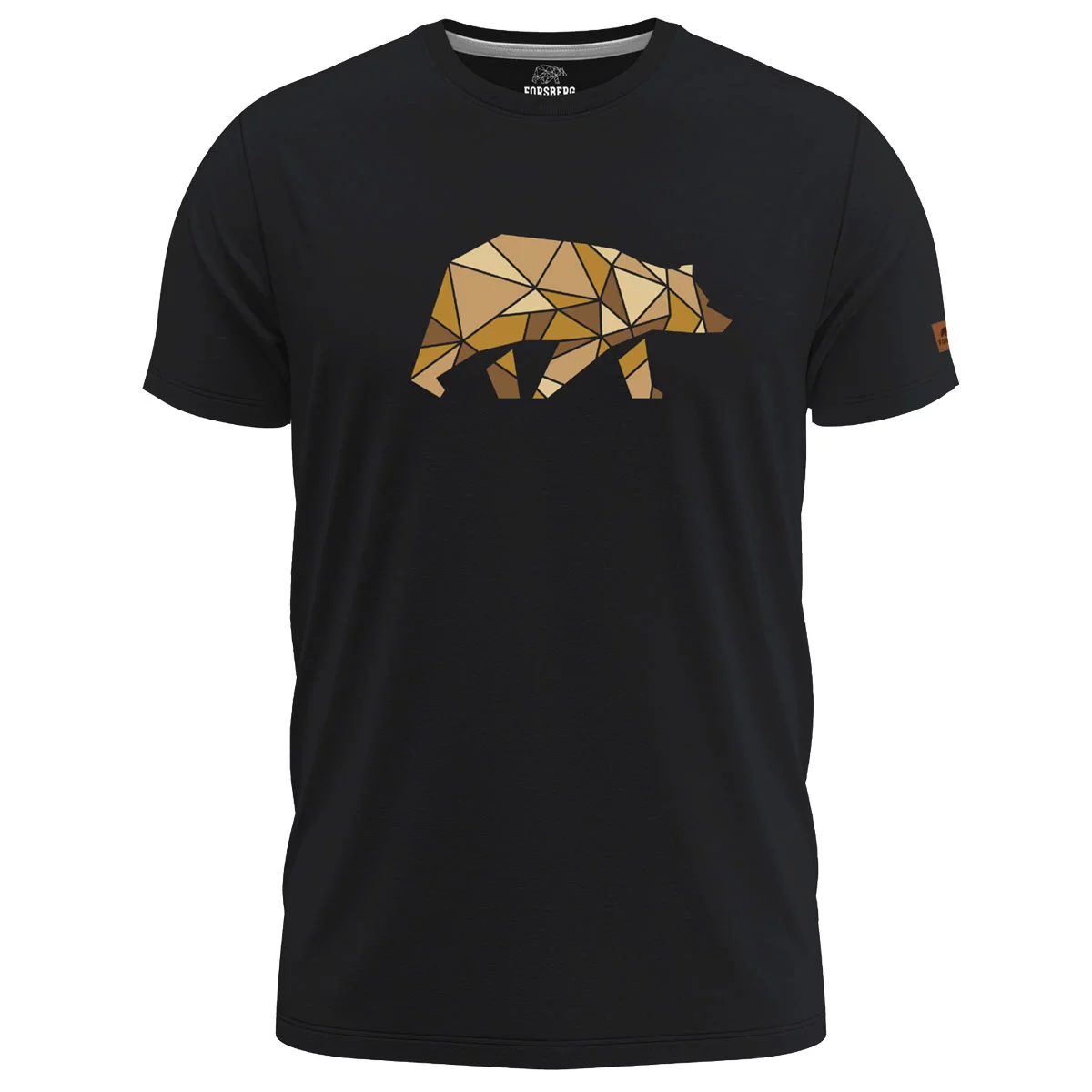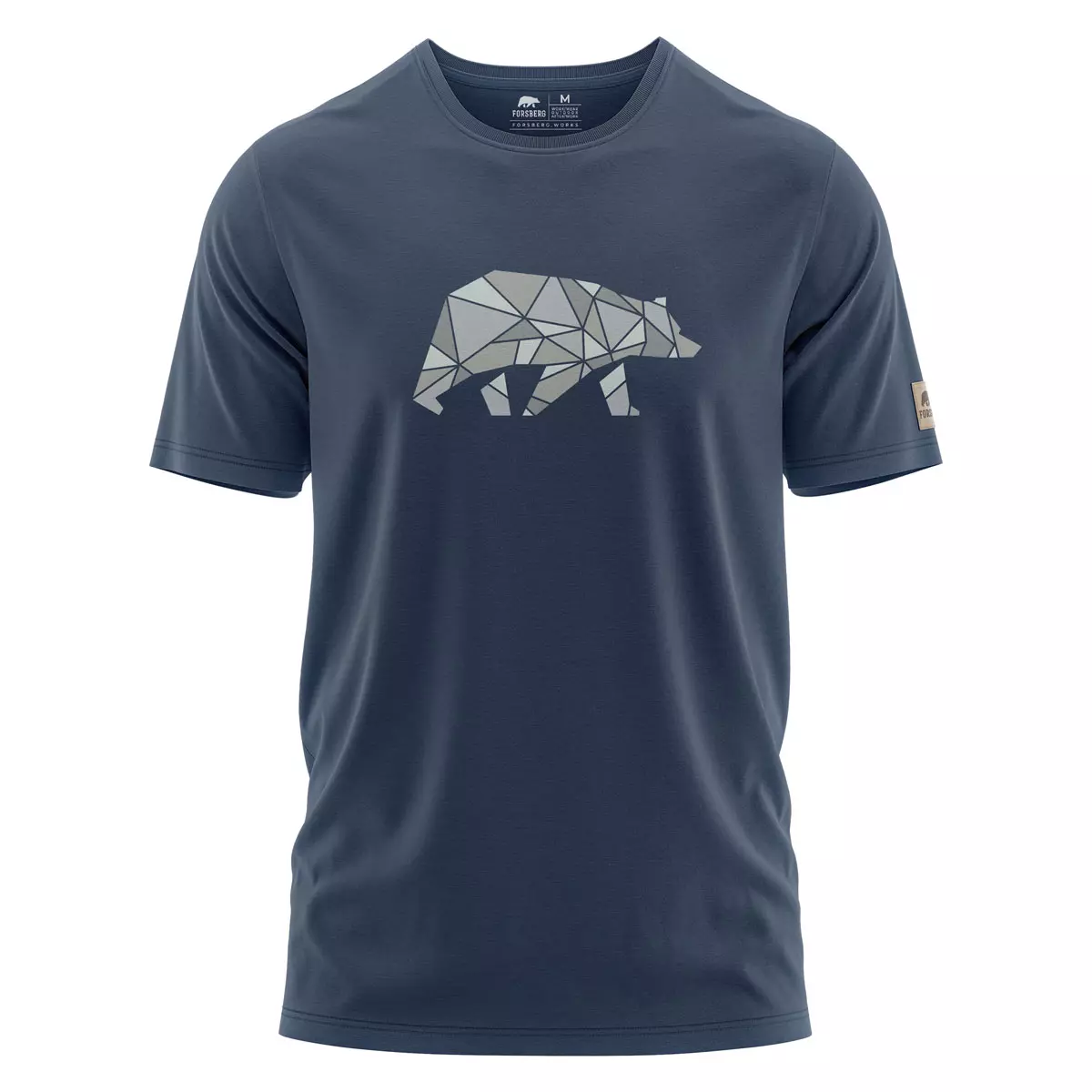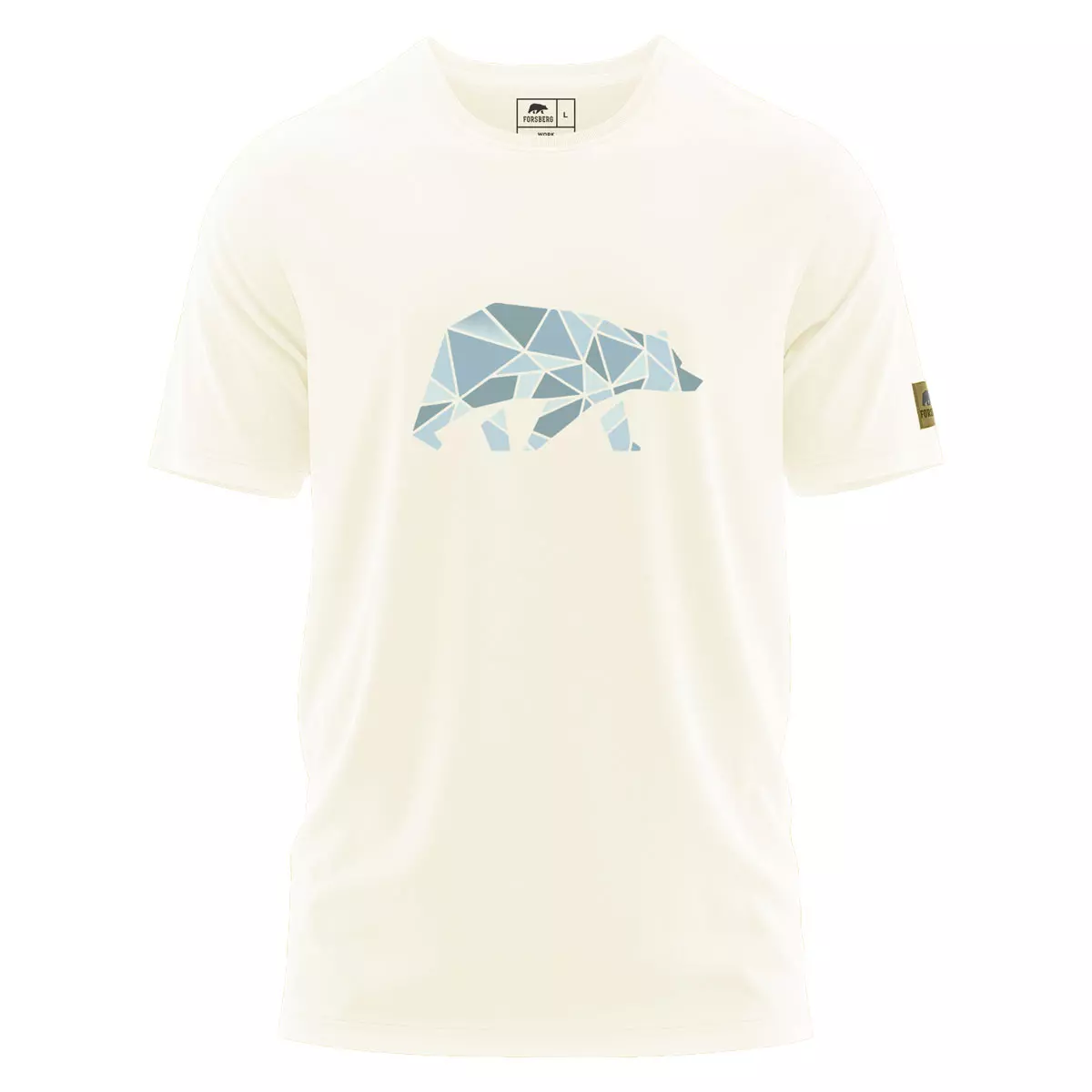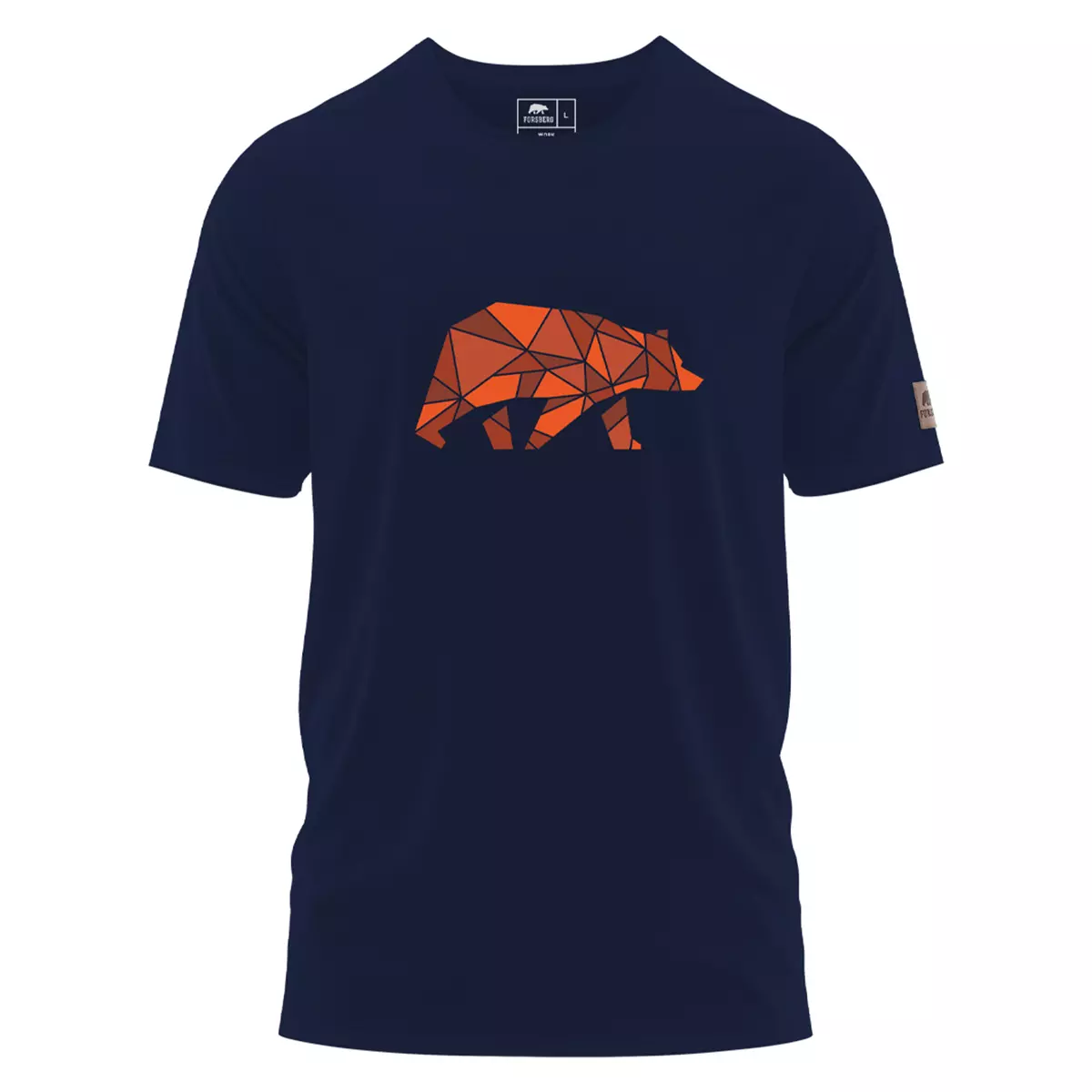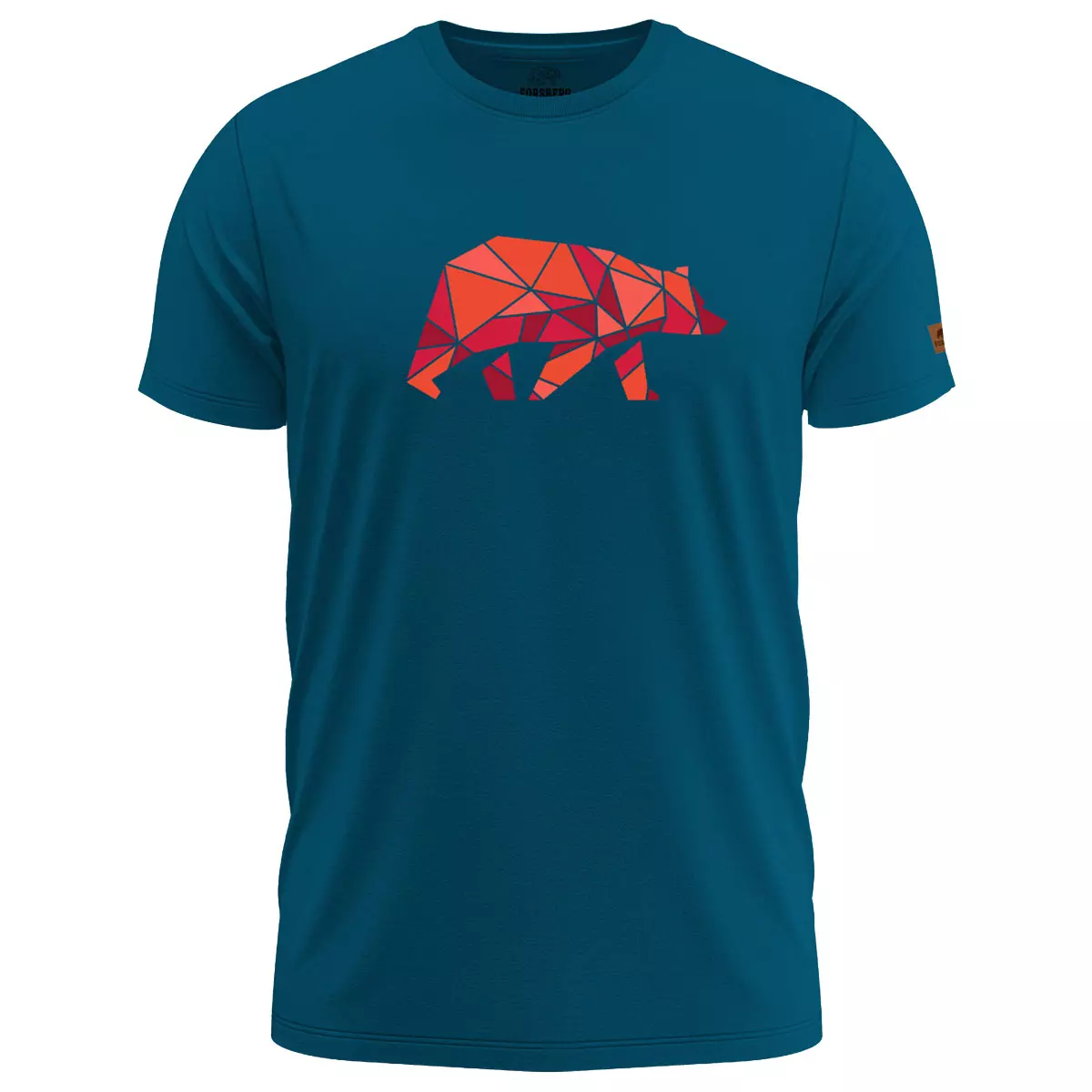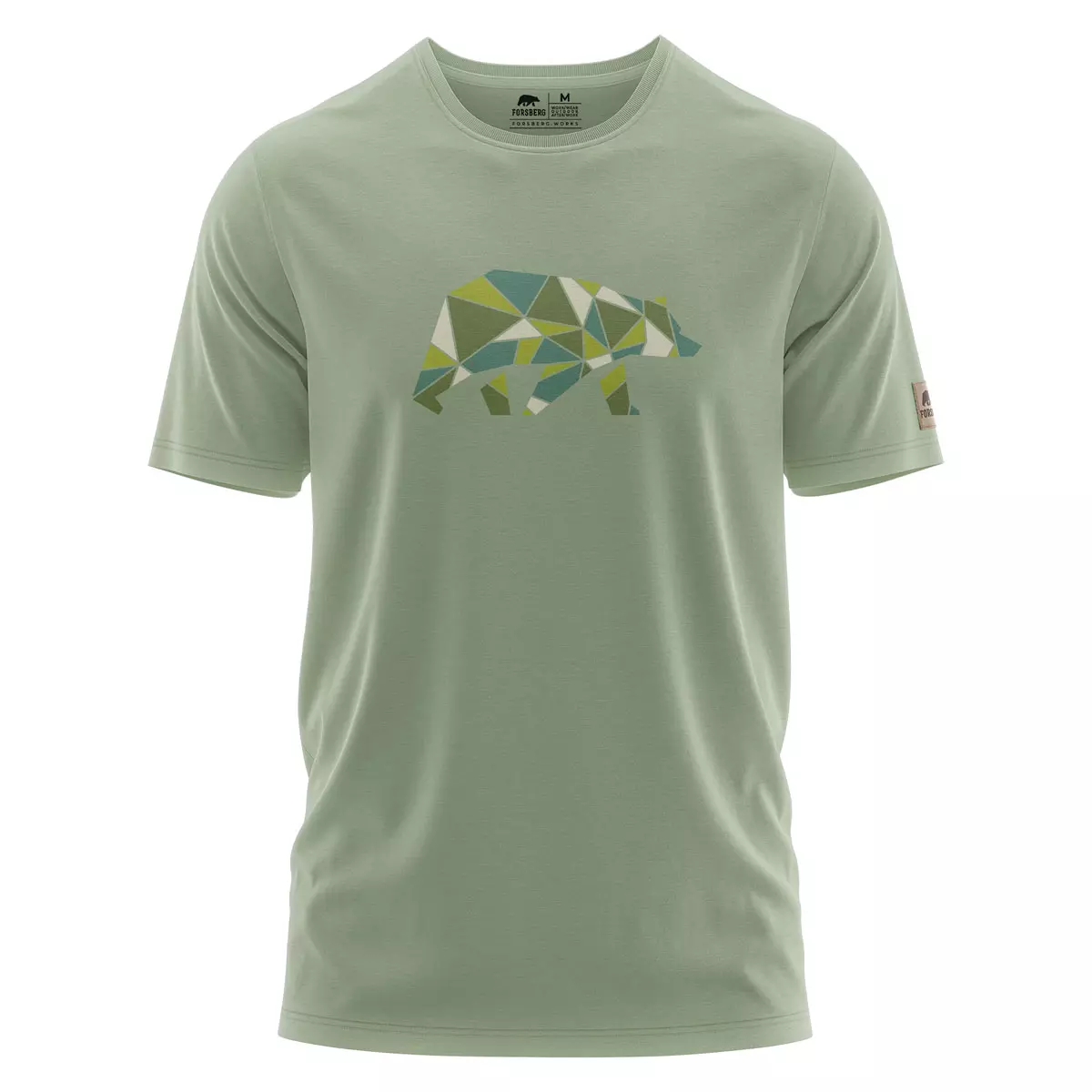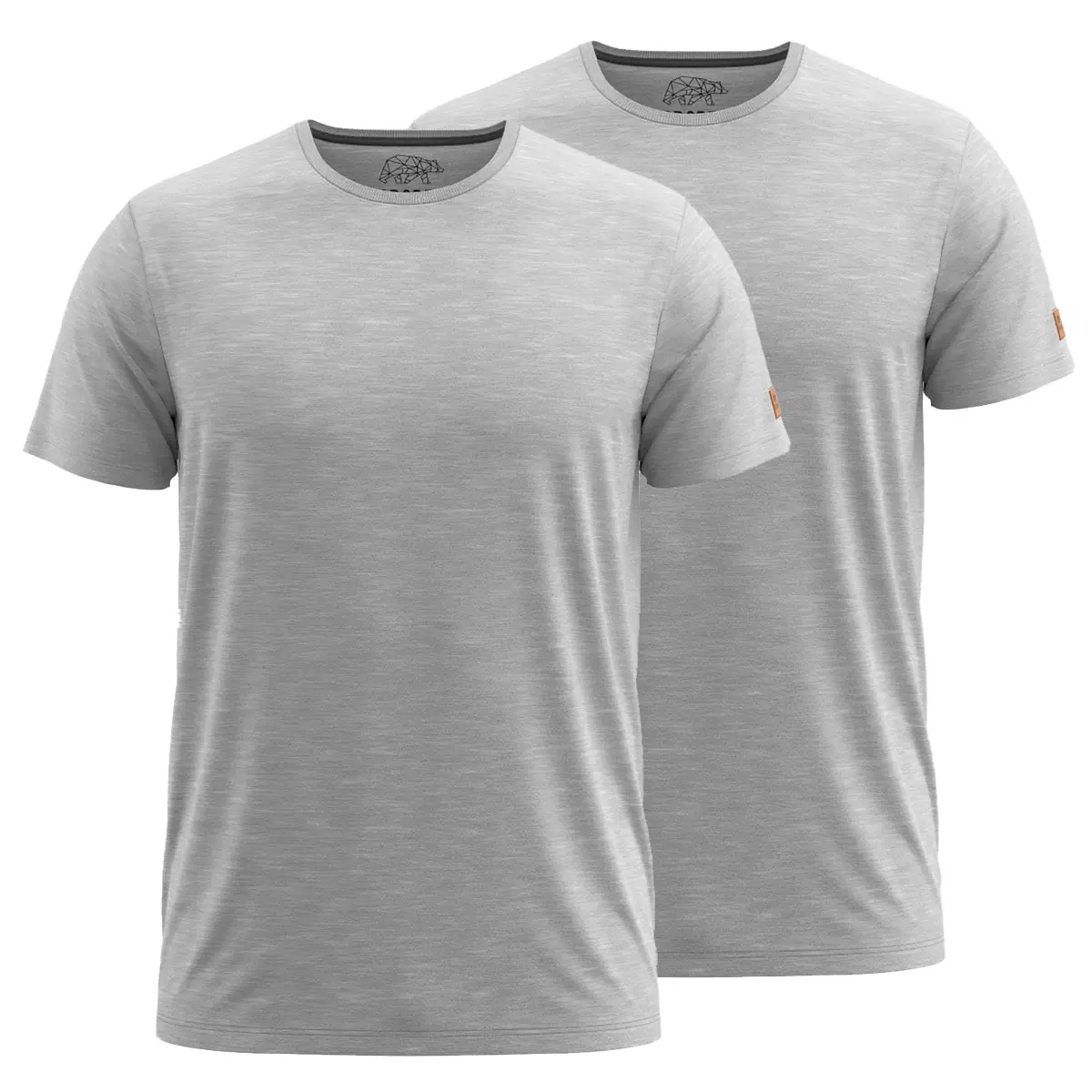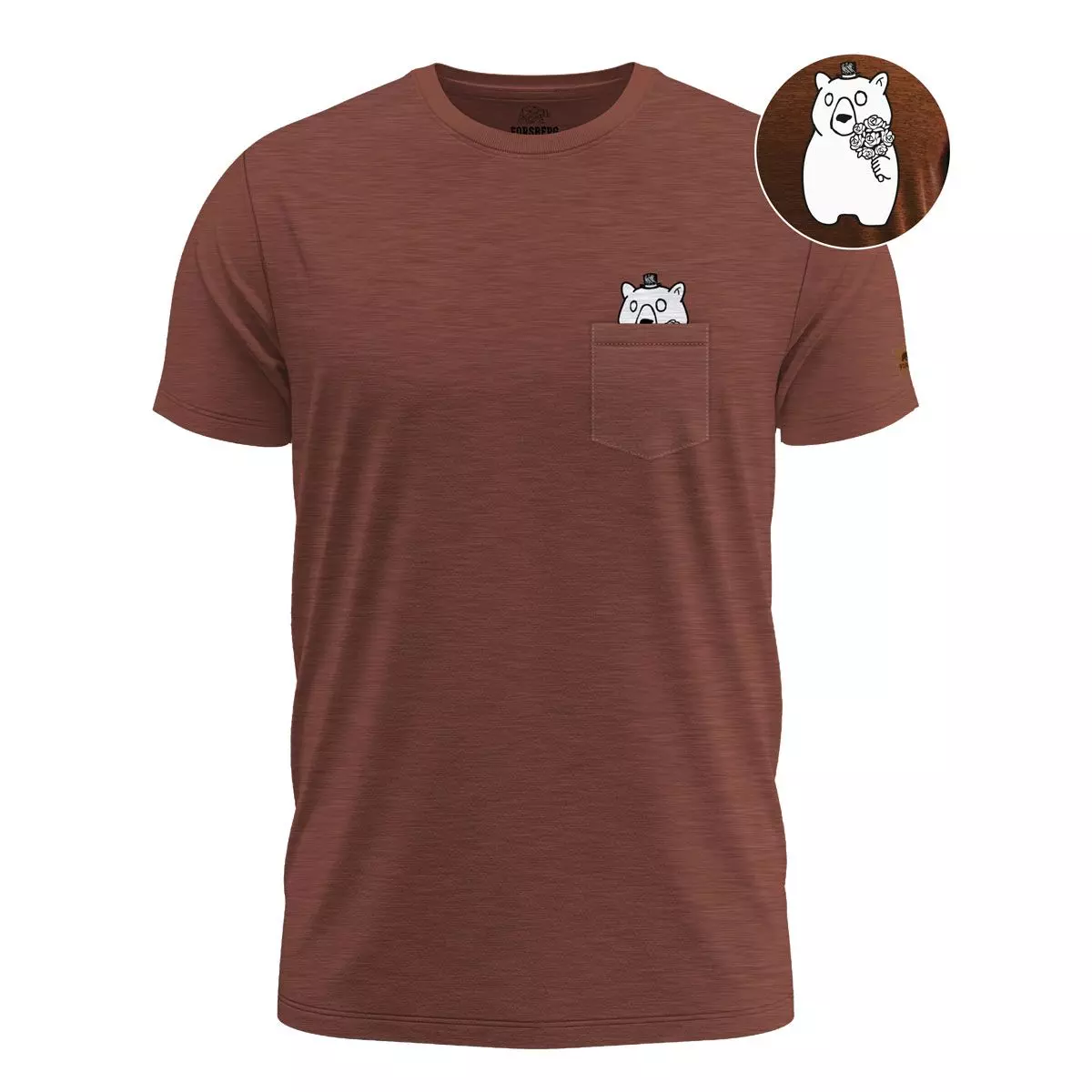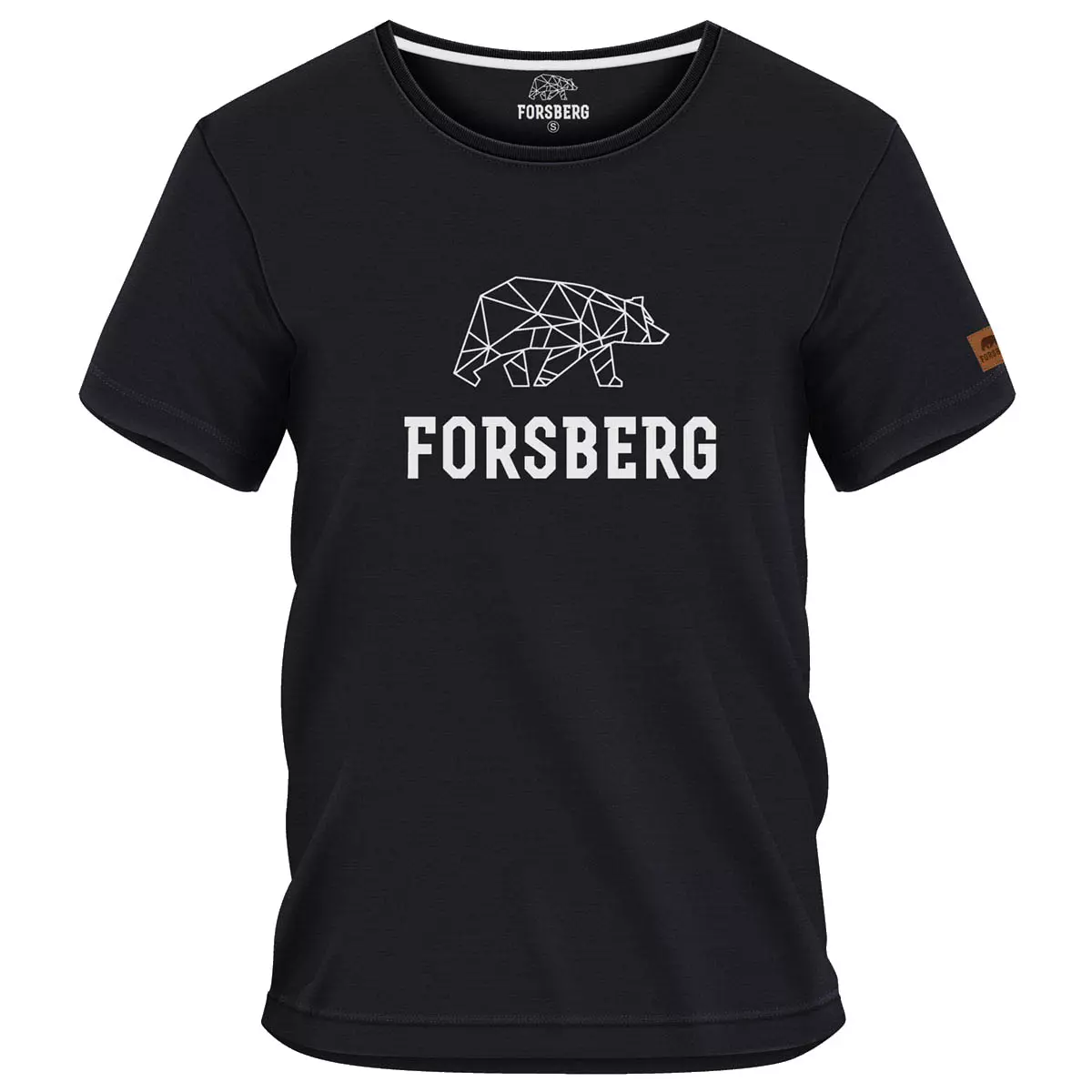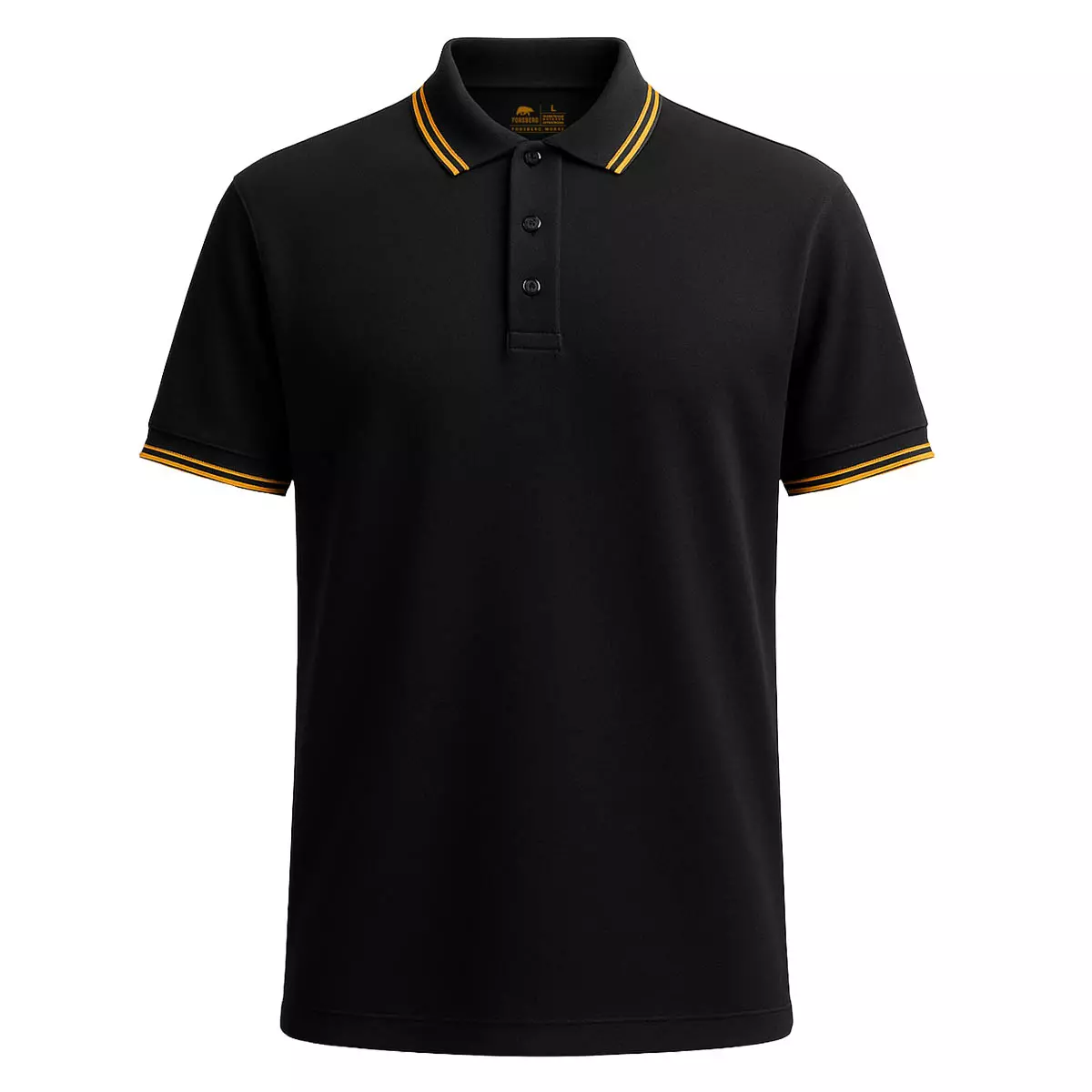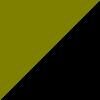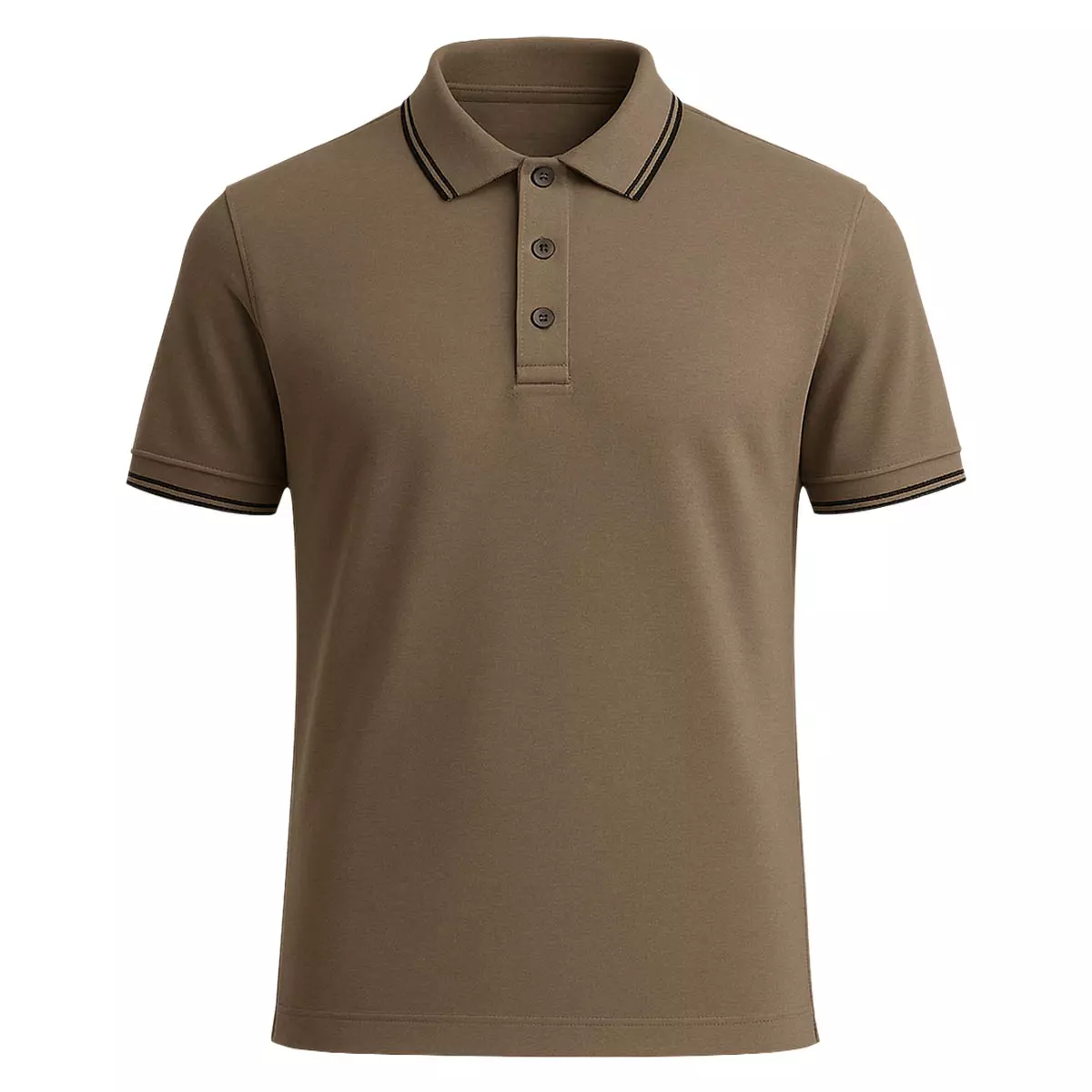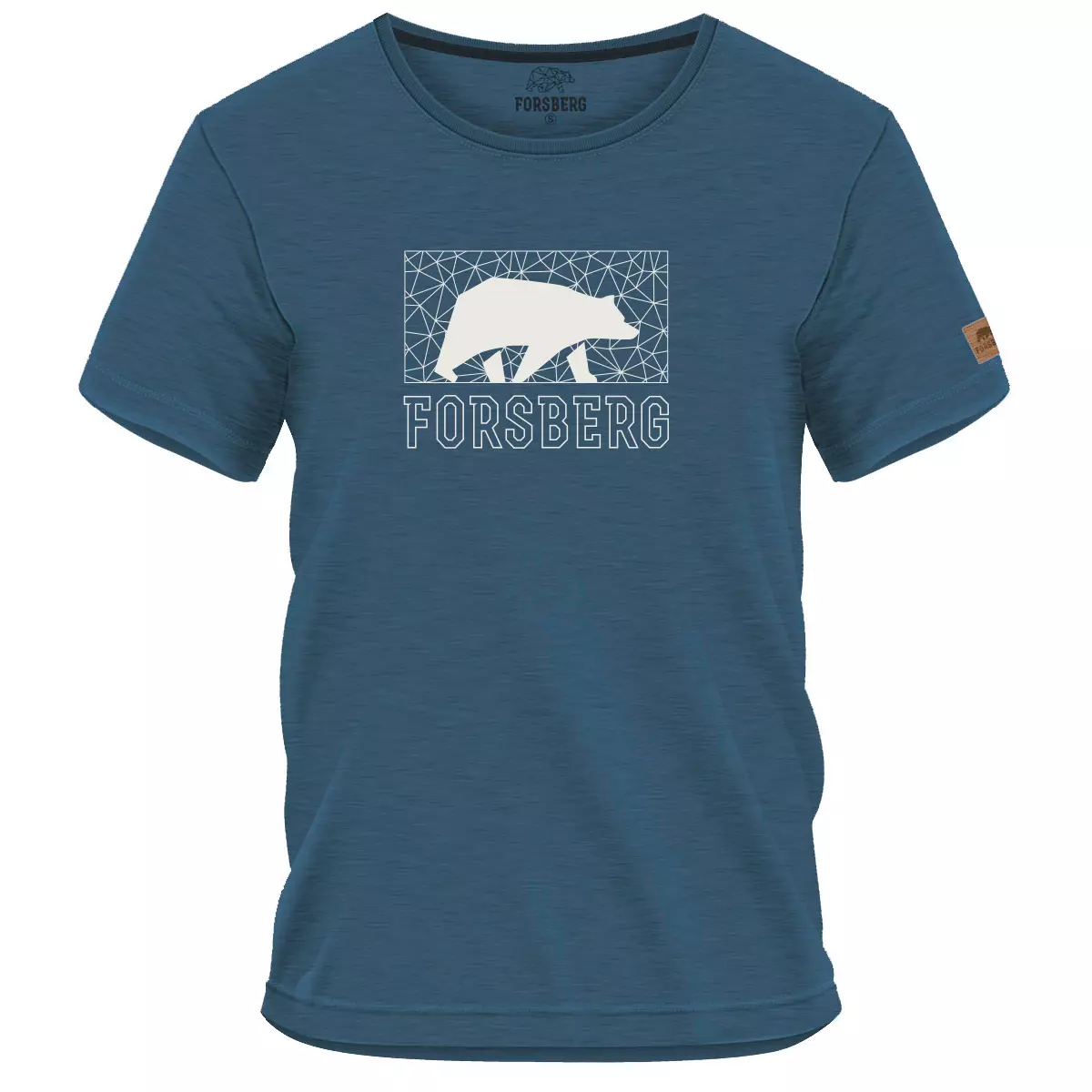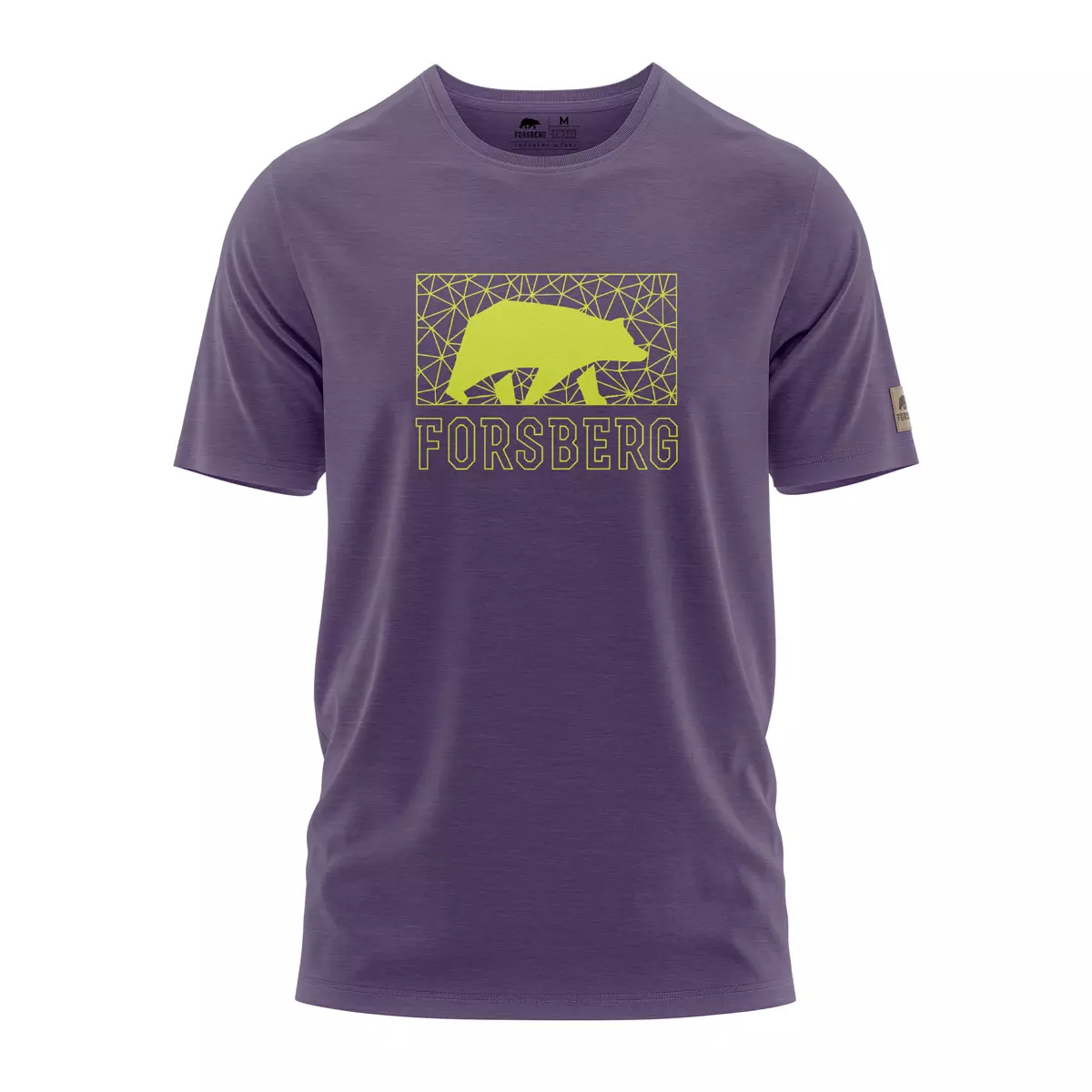Work T-Shirts – Overview & Buying Guide
Why Work T-Shirts?
Work T-shirts are made for everyday professional use: durable, comfortable and built to meet the demands of a job. They’re common in workshops, logistics, service, construction and many indoor workplaces where freedom of movement and breathability matter. Key benefits include moisture management, easy care, long service life and a tidy, professional appearance.
These qualities are central to the Forsberg® collection (see https://forsberg.works/collections/work-t-shirts). Forsberg® designs shirts to withstand continuous strain: reinforced seams, hard-wearing fabrics and cuts that allow movement without chafing. That makes them a sensible choice for employers seeking dependable workwear and for employees who want comfort on hot or active days.
Who needs them?
- Trade professionals and technicians who move and bend frequently.
- Hospitality and retail staff who need a neat, uniform look.
- Companies that require logo printing or embroidery for corporate identity.
Advantages at a glance:
- Protection and comfort: breathable fabrics reduce heat stress.
- Easy care: machine-washable at 30–40 °C and quick-drying. See Forsberg® product tags and care notes on the category page for exact instructions (https://forsberg.works/collections/work-t-shirts).
- Durability: robust knit structures and quality stitching extend service life.
- Brandable: polos and crew necks are suitable for printing or embroidery.
Which materials and technologies matter for Work T-Shirts?
Work T-shirts rely on a few technology families that define comfort and longevity. Below are common options and what they mean in practice.
Cotton
- Natural, comfortable and gentle on the skin.
- Absorbs moisture but retains it — better for low-activity or cooler environments.
Polyester and technical blends
- Move sweat away from the body (moisture wicking).
- Dry quickly and resist shrinkage.
- Often treated to reduce odors and bacterial growth.
Merino blends
- Naturally odor-resistant with good temperature regulation.
- More expensive; chosen where natural fibers are preferred.
Coatings and finishes
- DWR (Durable Water Repellent): repels light moisture and stains. It should be reactivated or renewed after several washes.
- PU coatings: add wind/water resistance to some styles but reduce breathability.
Membranes and layered construction
- Most work T-shirts are single-layer, but some sport- or outdoor-inspired shirts use multi-layer builds for specific tasks. For heavy outdoor use, pair a breathable base layer with a wind- or rainproof outer layer.
Examples from the category (illustrative):
- Forsberg® Work Tee Pro — 100% Polyester, 160 g/m2; moisture-wicking; breathability: high; price range: €12–€18; source: Forsberg product listing and Forsberg practical tests.
- Forsberg® Cotton Blend Polo — 60% Cotton / 40% Polyester, 180 g/m2; comfortable, low-odor finish; price range: €18–€25; source: manufacturer data at Forsberg.works.
- Forsberg® Tech Crew — Polyester-Elastane blend, stretch panels, quick-dry; price range: €20–€28; source: Forsberg product descriptions.
- Competitor: Carhartt® Force™ T-Shirt (example competitor class) — polyester blend, anti-odor tech; price range: €20–€30; source: manufacturer data.
- Competitor: Helly Hansen® Workwear Tee — technical cotton blend for mixed use; price range: €22–€35; source: manufacturer data.
Note on 2-layer vs. 3-layer: These terms usually describe weather shells rather than T-shirts. When you see layered descriptions in workwear, they refer to the whole system: base layer (moisture transport), mid layer (insulation) and outer layer (protection). For most work T-shirts, the important choices are fibre type and functional finishes.
Care and maintenance: how to look after Work T-Shirts
- Preparation
- Close zips and Velcro. Empty pockets. Brush off heavy dirt and grease before machine wash.
- Washing
- Use a specialist low-residue detergent for functional fabrics where possible.
- Temperature: 30–40 °C is usually sufficient. Check the care label on each Forsberg® item at https://forsberg.works/collections/work-t-shirts.
- Gentle spin to avoid stretching.
- Reproofing / Imprinting finishes
- If a garment has DWR, reapply a spray-on or wash-in reproofing product after several washes.
- Follow product instructions for activation: some need tumble-dryer heat at low temperature to re-activate the DWR.
- Drying and storage
- Tumble-dry on low if allowed; otherwise air-dry on a flat or hung surface in the shade.
- Store in a ventilated place, away from direct sunlight and off damp floors.
- Repairs
- Small holes and seam damage can be patched or sewn. Use fabric glue or patch kits for quick fixes.
- Replace worn buttons, zips or Velcro. For branded items, Forsberg® care pages often list recommended repair partners.
Practical tips from Forsberg® and trade experts:
- Rotate shirts to extend lifespan — let each shirt rest between wears.
- Avoid fabric softener on technical fabrics: it reduces moisture transport.
- Treat grease stains before washing with a gentle degreasing agent.
Image placeholders
[IMAGE: Work T-shirt on a tradesperson in a workshop; alt="Tradesperson wearing breathable Forsberg® work T-shirt while working with tools"; source: Forsberg.works]
[IMAGE: Close-up of fabric and seam; alt="Close-up of reinforced seam and technical knit of Forsberg® work T-shirt"; source: Forsberg.works]
[IMAGE: Team at a service counter wearing branded polos; alt="Staff wearing Forsberg® polos with embroidered company logo in a reception scenario"; source: Forsberg.works]
Application examples
1) Logistics warehouse — summer shift Stefan works long shifts loading and unloading pallets. He chooses a Forsberg® Work Tee Pro (polyester, high breathability). The shirt wicks sweat and dries quickly during breaks, while reinforced shoulder seams resist abrasion from his harness. The result: less discomfort, fewer shirt changes and a professional impression for visiting clients.
2) Catering and events A small catering business orders polos in their brand colours and has them embroidered. A mix of cotton-blend polos and polyester crew necks balances comfort with fast turnaround between events. The consistent look strengthens the brand and reduces outfit decisions for staff.
Top brands & models compared
Brand | Model | Material / Tech | Key Performance (Water column / Breathability) | Price range (€) | Source Forsberg® | Work Tee Pro | 100% Polyester, moisture-wicking | Breathability: high; no waterproof membrane | 12–18 | Forsberg product page / Forsberg practical test Forsberg® | Cotton Blend Polo | 60/40 Cotton-Poly | Comfortable, low-odor finish | 18–25 | Forsberg product page Forsberg® | Tech Crew | Polyester-Elastane, stretch | Quick-dry, high mobility | 20–28 | Forsberg product page Carhartt® | Force™ T-Shirt (competitor) | Polyester blend with anti-odor | High breathability | 20–30 | Manufacturer data Helly Hansen® | Workwear Tee (competitor) | Technical cotton blend | Balanced comfort and drying | 22–35 | Manufacturer data
We chose these examples to reflect the range in the Forsberg® collection and relevant competitors. The Forsberg® line aims for strong price-performance: reliable functional features at accessible prices.
Frequently asked questions (FAQ)
Q: What material is best for a work T-shirt? A: For high activity and warm conditions, polyester or polyester blends are best because they wick moisture and dry quickly. For lower activity or a natural feel, cotton blends are comfortable but retain moisture.
Q: Can I embroider or print company logos on Forsberg® shirts? A: Yes. Most Forsberg® polos and crew necks are suitable for printing and embroidery. Check product-specific instructions on the Forsberg® category page for placement and fabric recommendations (https://forsberg.works/collections/work-t-shirts).
Q: How often should I reapply DWR or other coatings? A: After roughly 10–20 washes, depending on wash frequency and how dirty the garment gets. Reproof the item when water no longer beads on the surface.
Q: Will dryer heat damage the shirt? A: Use low heat only if the care label permits. High heat can damage synthetic fibers and finishes. Follow the Forsberg® care label.
Q: How long do work T-shirts typically last? A: With regular rotation and correct care, expect 12–24 months for daily-use shirts. Longevity depends on activity level and washing practices.
Closing note and internal links
For more on caring for functional garments, see our Care Guide at https://forsberg.works/pages/care-guide and for sizing help visit our Size Guide at https://forsberg.works/pages/size-guide. Browse our selection of Work T-Shirts now and find the perfect product for your needs.
(Brand mentions: Forsberg®; competitor brands indicated with ™/® as appropriate. Sources: Forsberg product pages at https://forsberg.works/collections/work-t-shirts, manufacturer data and hands-on experience reported in product descriptions.)

